|
Yes, I’m writing about wines from Portugal again. Let’s face it, many great wines are being produced in this country and the price to value ratio is impressive. With fourteen diverse regional wine areas and 250 indigenous grape varieties grown here, there is a lot to offer. Esporão is a cutting edge winery with a presence throughout Portugal. I’ve tasted and reviewed their wines before but felt inspired to write a touch more about this winery after tasting a few more samples of their wines and olive oil that were sent to me recently. To read more detail about the wine regions of Portugal and past wine reviews, please click on the Categories menu at right. Esporão has approximately 700 hectares of prime agricultural areas that include wine vineyards, olive groves and other crops planted in the Alentejo and Douro wine regions of Portugal. The Herdade do Esporão estate is in the Alentejo region and Quinta dos Murças property is in the Douro region. Herdade do Esporão has 450 hectares of vineyards with 194 grape varieties planted on the estate of which 40 grape varieties are in full production. In addition to the wine vineyards, there are four types of olive trees in the 80-hectare olive groves along with orchards and kitchen gardens. All farming uses organic methods and integrated production. Quinta dos Murças is located in the heart of the Douro DOC region amid 8 diverse terroirs distinguished by different altitudes, varied schist soils and sun exposures. This estate was the first to plant vertical vineyards in the Douro region in 1947. The property has 48 hectares of wine vineyards, an olive grove, orange grove and almond trees. All agricultural production here employs organic production methods. Esporão Reserva White 2017 DOC Alentejo is considered the flagship wine of the Esporão Alentejo estate. Grapes are harvested from 18-year-old grapevines in certified organic vineyards with soil of granite/schist base and loam/clay structure. This wine is a blend of 20% Antão Vaz, 40% Arinto and 40% Roupeiro grapes. It is aged for 6 months in stainless steel tanks and in new American and French oak barrels. A color of golden yellow leads to aromas of floral, grapefruit, white stone fruit, vanilla and a hint of banana. The palate is layered with stone fruit, apple, pineapple, and a touch of spice, toast and minerality. This is a rich wine with a creamy texture and just the right amount of acidity. Citrus zest on a lengthy finish adds a refreshing touch. Serve as an aperitif or with light fare. Alcohol: 14.5% SRP: $20 Esporão Colheita Red 2017 is a blend of Touriga Nacional, Cabernet Sauvignon and Arargonez grapes that were harvested from 11-year-old vines in certified organic vineyards. Vines are grown in soil of granite/schist base and loam/clay structure. This wine was aged for 6 months in tulip-shaped porous tanks that aim to preserve the wine’s character. Fresh berries, plum, spice and a hint of floral greet the nose of this vibrant ruby colored wine. This is an elegant and balanced wine that is full-bodied and rich in flavor. Cherry, plum, dark berries, spice and a touch of anise and earth grace the palate. A bit of pepper and dark plum linger on the finish. Serve with grilled meat, fowl and pasta. Alcohol: 14% SRP: $18 Quinta dos Murças Minas Red 2016 DOC Douro is a blend of Touriga Franca, Touriga Nacional, Tinta Roriz, Tinto Cão and Tinta Francisca. The vineyards are located at altitudes between 360 ft. and 985 ft. with schist soil and vines ranging from 8 years old to 32 years old. Aging took place in concrete vats and used French oak casks for 9 months. A deep ruby color leads to intense aromas of ripe berries, floral and spice. The palate offers lush dark berries, black cherry, spice and a hint of licorice. This is another elegant wine that is fresh and balanced with firm tannins and acidity. It is rich but not overpowering and will pair nicely with an array of meat, grilled tuna steaks and hearty stews. Alcohol: 13.5% SRP: $20 Esporão produces six varieties of olive oil. As stated on their website, “The production of Esporão’s olive oils comes from the will to apply the knowledge obtained in the production of wines into the production of high quality olive oils. Thus, we seek that our olive oils are the expression of their land, looking forward to enhance indigenous varieties. All oils, exclusively extra virgin or virgin, are produced using natural methods and entirely traditional processes, preserving the pure juice of the harvested olives.” Esporão Organic Olival dos Arrifes Extra Virgin Olive Oil is a blend of Cobrançosa and Arbequina green olives that are harvested from the Arrifes olive grove at Herdade do Esporão. The olive grove has been certified in Biological Production Mode since 2009. I poured a little of the olive oil into a shot glass. The color is golden yellow with a slight greenish hue. This is a very aromatic and flavorful olive oil. An inviting aroma of fruit, floral and spice segued onto the palate offering vegetal, (mainly artichoke) a hint of pepper and a slightly bitter and nutty finish. Drizzle it on fresh grilled vegetables. Quite yummy!
SRP: $16/250ml As I continue to explore the myriad of wines that Portugal has to offer, I will share my findings with you. In the meantime, try a glass of Esporão wine and share your thoughts with me! Until next time… Cheers! Penina To leave a comment or if you have an inquiry, please contact me at [email protected] It’s springtime and everyone is opening up bottles of white, rosé and sparkling wines to celebrate the warm weather and Mother’s Day this weekend! I, on the other hand, opened a bottle of red wine to sate my curiosity and palate! In 2014, I opened one of two bottles of 1997 Estancia Meritage Alexander Valley that I had tucked away in my cellar. It was quite good considering how old it was so I decided to wait a year or two before opening the second bottle. However, I forgot all about the wine until I stumbled upon it today while looking for another wine. I never intended to wait this long before opening it and now I wasn’t sure what I would find after 22 years had passed since the grapes were harvested. Alexander Valley appellation is at the northern end of Sonoma County and is home to many microclimates, but overall a Mediterranean climate dominates the region. Elevations range from 400 to 2500 feet and soils are rocky and diverse. Cabernet Sauvignon and Chardonnay are the most widely planted grapes here, but many other varieties such as Zinfandel, Merlot, Pinot Noir, Riesling and Sauvignon Blanc also grow in this appellation. Estancia Meritage Alexander Valley 1997 is a Bordeaux-style blend of 59% Cabernet Sauvignon, 30% Merlot and 11% Cabernet Franc. The wine is aged in American oak for 20 months, of which 57% is new oak. I was not surprised that the cork decided to crumble when trying to remove it, so I decanted the wine through a strainer. I was happy to see that the wine was a rich garnet color with encouraging fruit aromas as I decanted it. Luscious aromas of dark cherry, black plum, earth and hints of spice greeted me. My palate was treated to a surprising amount of fruit, spice, dried cranberry, fennel and pepper. The wine was silky with a soft but lengthy finish. Wow! This wine may be past its best, but it is still very drinkable and I am impressed! This was quite a treat! The back label has a quote from David Perata, Alexander Valley Vineyard Master. "This Bordeaux-style blend is a sophisticated and elegant expression of the highest quality fruit from the Alexander Valley." Yes, indeed! Alcohol: 13.5% And now on to the rosés and sparkling wines to celebrate Mother’s Day!
Until next time… Cheers! Penina To leave a comment or if you have an inquiry, please contact me at [email protected] France + Argentina = Domaine Bousquet What happens when you blend the art of French winemaking with an Argentinian flair? The outcome is an amazing array of wines to sate one’s palate. Domaine Bousquet states, “The objective of the Bousquet family was to unite our tradition of European winemaking with the ideal agricultural conditions in Mendoza.” Domaine Bousquet is located in the Gualtallary Valley in Tupungato, part of Mendoza’s Uco Valley in Argentina. Sitting at an altitude of 4,000 feet, it is considered one of the highest altitude vineyards in Mendoza and the world! Gualtallary has up to 7 different types of soil, but Domaine Bousquet is the only estate with sand as its primary soil. Sandy soil drains well and retains heat that helps to produce highly aromatic wines. With minimal rainfall, water delivery to the vines is controlled by an irrigation process through a drop-by-drop system with pure mountain run-off, which creates lower pH in the grape, resulting in higher acidity, and more color in the wine. All of Domaine Bousquet wines are made from 100% organic fruit and always have been since the first vines were planted in the year 2000. With the benefits of cool climate, sandy soil, controlled water irrigation and healthy organic grapes, it sets the stage for quality wines. I have tasted and reviewed many wines from Domaine Bousquet’s collections, which includes their Premium wines, Reserve and Grande Reserve line. So, I was very excited when a bottle of Ameri Icon wine arrived. Ameri wine is made only in the best vintage years from a single vineyard that sits at 1250 meters (4,125 ft.) making it the highest altitude vineyard on the estate. The grapes are harvested by hand and after fermentation and maceration, the wine is aged in French oak barrels for 16 months. Domaine Bousquet Ameri Single Vineyard 2015 is a beautiful blend of 60% Malbec, 20% Cabernet Sauvignon, 15% Syrah and 5% Merlot. The color is majestic purple with inviting aromas of dark and red berries, plum, spice and a touch of floral. The palate is layered with blackberry, raspberry, plum, violet, spice, anise, hints of pepper and vanilla leading to a lengthy finish. It is a full-bodied wine with silky tannins and undeniable elegance. Pair with pasta, meats, poultry, stews, and cheese. Only 500 cases are made, so get thee to a wine store! Alcohol: 14.7% SRP: $36 Ameri is named for the co-owner Labid al Ameri To learn more about the history of Domaine Bousquet estate, climate, terroir, wine reviews and the dynamic Anne Bousquet and her husband Labid al Ameri, please click on the menu at right. Until next time…
What does a Greek engineer from Santorini do when he can’t find an excellent Greek wine to drink while living in San Francisco? He finds a winery in Sonoma, imports Greek grapes and makes Greek wine! Georgós Zanganas is the founder and president of Georgós Wine. Zanganas imports grapes from Greece by boat carried in special bladders and brings them to Sonoma. The grapes are then blended and aged by consultant winemaker Robert Rex who uses Old World techniques to make the wine. Rex just received the 2018 Winemaker of the Year award bringing the total amount of awards he’s been given to an impressive 301 over the past forty-five years. The wines originate from the highest quality 100% NON-GMO and sustainably grown grapes that are handpicked and triple hand sorted. The wines are comprised of premium Sonoma and Greek fruit. All the wines are handcrafted with no added sugar and low sulfites. Enter Robert Davi, tough guy actor known for his roles in License To Kill and Die Hard. In addition to appearing in more than 130 films, Davi is also an accomplished screenwriter, director, producer and jazz vocalist! Davi recently partnered with Georgós Wine after he purchased a bottle of Georgós’ Santorini Wine and fell in love with it claiming, “it’s one of the smoothest damn wines I’ve ever had”. After then tasting Georgós line of red wines and being dually impressed, Davi reached out to Georgós Zanganas. One thing led to another and now Robert Davi is a partner and brand ambassador for the wines. Georgós Wine produces five small batch wine varieties. I had the opportunity to sample two of the wines. Santorini Sophia’s Smile 2017 is made of 100% Assyrtiko grapes. It is the most well known white grape of Greece and comes from the Cyclades island of Santorini. Assyrtiko grows in the rich volcanic soil of the island and makes up about 70% of the vineyards there. Vines range in age from 60 to 250 years old. The color of this wine is gold and slightly cloudy due to minimal filtration. The nose offers citrus, minerality and hints of the sea. The palate is layered with pear, tart apple and lemon. It is bone-dry, crisp and filled with minerality, acidity and is quite earthy. The finish is creamy and smooth. Drink as an aperitif or serve it with seafood, fowl and even meat dishes. Alcohol: 12% SRP: $23 Corfu Siren’s Lure 2014 is a Bordeaux style blend made with Cabernet Sauvignon, Cabernet Franc, Malbec and Merlot from Sonoma and Saint George (Agiorgitiko) from Nemea, a region in the Peloponnese area of Southern Greece. Agiorgitiko is the most widely planted grape in Greece. The color is deep plum with juicy aromas of dark berries, plum, floral, spice and hints of black cherry. The palate is a myriad of delightful flavors made up of dark and red berries, plum, blackberry, blueberry and spice. The finish is a long finale of clove, vanilla, pepper and hints of black cherry. This is a beautifully balanced wine with soft tannins and a silky texture. This wine will stand up to spicy stews, grilled meats, piquant cheese and dark chocolate desserts! Alcohol: 14.4% SRP: $31 To quote Georgós Wine,
“Winemaking is 60% cooking – Cooking is about taste - Taste has no rules.” Until next time… Cheers! Penina To leave a comment or if you have an inquiry, please contact me at [email protected] It’s that time of year again when children and adults are busy carving pumpkins, searching for the perfect Halloween costume to wear, planning parties and making lots of treats. Halloween is a great time to let one’s imagination run wild and tap into that creative spirit! In addition to adorning my house with “spooky” décor and making a variety of delicious Halloween themed treats, I always look forward to my seasonal delivery of Casillero del Diablo Reserva wines from Chile which add a special touch to the festivities. Don Melchor Concha y Toro founded Concha y Toro in 1883. He began his winery with grape varieties that he brought back to Chile from the Bordeaux region of France. However, the “legend” is a much more fitting story for Halloween. Legend has it that more than 130 years ago a ship set sail from Bordeaux carrying a cargo of precious vines. The ship landed in Chile where the grapes were turned into a mysterious wine. Although the wines were locked up for safekeeping, they continually disappeared from the cellar. So in order to stop the theft of the wine, Don Melchor spread a rumor that the devil lived in the cellar. Everyone became terrified and some people claimed to have seen the devil. The rumor worked, the thefts stopped and Don Melchor continued to enjoy his wines. To this day, it is known as the “devil's cellar”. Casillero del Diablo means “devil's locker” in Spanish. The cellar is located in Pirque, close to Santiago. The “devil” logo is on every bottle. My “treats” from Casillero del Diablo this year are Casillero del Diablo Reserva Cabernet Sauvignon 2017 and Casillero del Diablo Reserva Red Blend 2017. The vineyards for these wines are located in Central Valley. Casillero del Diablo Reserva Red Blend 2017 is 70% Syrah and 30% Cabernet Sauvignon. The color is dark purple with sweet aromas of dark cherries, dark berries, spice and a touch of vanilla. The palate offers juicy dark plum and dark cherry, spice, hints of cocoa and hints of sour cherry and pepper on the finish. This is a smooth and balanced wine with soft tannins. Try serving with grilled meats, seared tuna and hearty stews. Alcohol: 13.5% SRP: $12 Casillero del Diablo Reserva Cabernet Sauvignon 2017 is 89.5% Cabernet Sauvignon, 8% Syrah, 1% Cabernet Franc, 1% Petit Verdot and 0.5% Petit Syrah. The color is dark purple with aromas of dark cherries, berries, plum and spice. This is a rich and full-bodied wine layered with dark plum, blackcurrant, dark cherries, licorice and spice. Hints of coffee beans and dark chocolate linger on the finish. This is a well-structured wine with firm tannins and a smooth mouth-feel. This wine will stand up to a multitude of spicy and hearty dishes. Alcohol: 13.5% SRP: $12 However you choose to celebrate Halloween this year, be a little daring and try adding a “devilish” wine to warm things up! Until next time…
Cheers! Penina To leave a comment or if you have an inquiry, please contact me at [email protected] About seven years ago, I purchased an assortment of D’Isanto & D’Isanto I Balzini wines. Over the course of five years I have opened most of them and at times shared my thoughts with you. Alas, my stock is dwindling and I have only four bottles left. In 1980 Vincenzo D’Isanto founded D’Isanto & D’Isanto winery and planted his first vineyard located in the heart of central Tuscany at his estate in Barberino Val d’Elsa, which is on the border between Florence and Siena. Swept up in her husband’s dedication and love for winemaking, Antonella left her previous profession and joined Vincenzo in 2005 immersing herself completely in the management of the estate with the assistance of her daughter, Diana. Antonella and Vincenzo define themselves as “producers for passion” and feel that the territory must be loved, respected and cared for. They use only organic ingredients on the vines and all the grapes are carefully picked by hand. In keeping with their respect for the environment, they built a new energy efficient underground barrel-aging cellar. As you can see from the photo below, the vines are planted on small terraces exposed to the sun. The name “Balzini” is the Tuscan word for small terraces. The climate here is warm and temperate with soils of yellow sand and clay that contain the presence of marine fossils all of which contribute to the character of the wine. Antonella started a project called “Tuscan Colors”, where every type of wine they produce is characterized by a color on its label and made with a particular blend of grapes. Tuscan Colors began with Vincenzo’s White label, the first wine introduced to the market in 1991 and made with Sangiovese and Cabernet Sauvignon grapes. The Black label followed eleven years later and is made with Sangiovese, Cabernet Sauvignon and Merlot grapes. The Green (Sangiovese and Mammolo) and Red (Merlot, Cabernet Sauvignon & Sangiovese) labels came next and most recently, the Pink label, a rose made with Sangiovese and Merlot. In 2015, I opened a 2008 D'Isanto & D'Isanto I Balzini White Label Colli della Toscana Centrale IGT. My last bottle of this vintage and label was opened last night. I thought it would be interesting to see what, if anything, has changed in three years. 2008 D'Isanto & D'Isanto I Balzini White Label Colli della Toscana Centrale IGT is made with 50% Sangiovese and 50% Cabernet Sauvignon. The wine was aged in medium-toasted French oak barrels for approximately 12 months and then in the bottle for at least 18 months before release. I allowed the wine to breathe for about 20 minutes before drinking to help soften the tannins. The wine is a deep garnet color with enticing aromas of dark berries, plum, floral and spice. The palate offeres dark fruit, plum and spice with hints of pepper and oak. Tannins were smooth and the finish was long. The wine was definitely softer than when I tried it in 2015. However, it was still rich and jammy. Alcohol: 13.5% SRP: $40 The odds of finding a White Label 2008 is rather slim but check out the newer vintages. I don’t think you’ll be disappointed!
Until next time… Cheers! Penina To leave a comment or if you have an inquiry, please contact me at [email protected] My last story brought us to Cognac, France. Today, we’re traveling a little further south to Bordeaux, specifically to the Pomerol wine-growing commune and A.O.C. Pomerol is situated on the right bank of Bordeaux at the junction of the Isle and Dordogne rivers. It is comprised of 813 hectares of A.O.C. vines and has approximately 150 wine estate owners. Pomerol is one of the smallest areas for wine production in the Bordeaux region, producing approximately 350,000 cases of red wine per year. Merlot dominates these Bordeaux blends and is the main grape variety grown here, along with Cabernet Franc and Cabernet Sauvignon. Due to its distance from the sea, Pomerol has a more continental climate rather than a maritime influence experienced by Medoc. The soil here is a mixture of clayey and sandy gravel with iron oxides that tends to give the wines rich and expressive character. Situated on one of the highest plateaus in Pomerol is the 26-hectare vineyard of Château Gazin. Louis Soualle became the owner of Château Gazin at the beginning of the 20th century. Today, his descendants represent the 5th generation of vineyard owners here. The Château Gazin vineyard is composed of 90% Merlot, 7% Cabernet Sauvignon and 3% Cabernet Franc and the average age of the vines are 35 years old. The terroir has subsoils of blue and green clays and iron oxide which make up the bulk of Château Gazin terroir. The vines are treated with organic fertilizers and the grapes are harvested by hand. Once the varieties are blended after fermentation, the wines are aged for 18 months in 50% new French barrels. In honor of my friend’s birthday, I decided to open my last bottle of Château Gazin Pomerol 1989. The wine was vibrant and didn’t really need to be decanted except to remove some sediment. The color was deep red with satisfying aromas of berries, dark cherries, spice and earth. The palate offered rich flavors of dark cherry, plum and hints of licorice. This was a very smooth and velvety wine. It did not disappoint! And, I think the guest of honor was quite pleased!
It’s always fun to open noteworthy wines for special occasions, but I also love opening them for a “just because” kind of day! Until next time… Cheers! Penina To leave a comment or if you have an inquiry, please contact me at [email protected] My mouth was still tingling with delight after tasting and reviewing several bottles of wine from Alentejo, Portugal last week. So, last night I opened a bottle of wine from northern Portugal’s Douro Valley region. My palate was not disappointed! Douro is famous for supplying the world with its production of port wine. However, it is now being praised for its succulent and refined unfortified wines, both red and white. Quinta da Zaralhôa is a family owned estate with 12 hectares located in the sub-region of Douro Superior. This sub-region experiences extremely cold winters and very hot summers. The vines grow in schist soil on steep slopes with the vineyards facing southwest, exposing them to less sun. With less sun exposure, the grapes are allowed a longer time to ripen, developing flavors without excess sugar impeding the acid levels. At Quinta da Zaralhôa harvest takes place in October. Farming is certified organic and sustainable. Grapes are crushed with the tradition of stomping the grapes with their feet, in the belief that it is the best way to maximize the juice’s contact with the skin without crushing the seeds. Photo credit Quinta da Zaralhôa Quinta da Zaralhôa Rumansil 2012 is a blend of indigenous grapes; 25%Touriga Nacional, 25%Touriga Franca, 25%Tinta Roriz, and 25% Tinta Barroca. The wine is named after Rumansil, a Roman villa of the 3rd century, located next to Quinta da Zaralhôa. The wine is aged in French oak for 2 years. Prior to bottling, different lots are selected for the final blend and then aged for one year in bottle. The color of the wine is burgundy with intoxicating aromas of dark fruit, floral and spice. The palate is layered with a rich concentration of dark berries, plums, spice, fennel, hints of cocoa and finishes with cherry and pepper. Silky tannins, good acidity, fresh and juicy! Alcohol: 13% SRP: $25 Wines from Douro are becoming more and more popular and run the gamut in price. If you haven’t already tried these wines, I encourage you to treat your palate!
When the topic of Portuguese wine comes up, thoughts might turn to the exceptional fortified wines that this country produces. But there is so much more to discover. I have written several stories about Portuguese wine, discussing some of its regions and producers. Here is a quick review: Portugal is located in the Southwest corner of Europe in the Iberian Peninsula. It is the westernmost country of Europe and surrounded by Spain to the North and East, and the Atlantic Ocean to the South and West. What makes Portugal so unusual with regards to wine is that it boasts a remarkable number of grape varieties that cannot be found anywhere else in the world. In fact, many of the Portuguese grape varieties are restricted to the national territory. There are 250 indigenous grape varieties officially registered. The Alvarinho, Baga and Touriga Nacional grapes are probably the most widely known by name. Portugal is divided into fourteen Regional Wine areas. Each region has a unique geography and climate, influencing the production of the grapes. Most of the wines produced in Portugal are a blend of several national grape varieties rather than using a single varietal. In fact, some winemakers will blend more than twenty varieties to attain the perfect balance. However, there are a few regions that produce a single variety grape, such as Bairrada, using the Baga grape (red) and in Moncao/Melgaco in the Vinho Verde region, using the Alvarinho grape (white). Overall, the most “popular” of the white grapes are Alvarinho, Arinto/Pederna, Encruzado and Fernao Pires/Maria Gomes. The popular red grapes are Baga, Casteao, Tinta Roriz, Touriga Franca, Touriga Nacional and Trincadeira/Tinta Amarela. My focus today is the Alentejo wine region which covers a third of Portugal in the southern half. (see map above) Alentejo has eight sub-regions that cover approximately a fifth of the Vinho Regional Alentejano region with climate and soils varying within the sub-regions. The wines produced here come in a range of styles, influenced by the diversity of the climate and soil. The soil of Alentejo varies throughout the sub-regions. In fact, it has the most diverse soil of any region in Portugal. Interspersed amongst the mountains, hills and valleys, one can find soil with clay, limestone, quartz, granite, schist, sandstone and marble. Most of the soils are non-calcareous, meaning they are neutral or more acidic. For instance, Portalegre is located well to the northeast at the foothills of the São Mamede Mountains with predominately granite soil, more rainfall and cooler temperatures. Borba, Évora, Redondo and Reguengos, located in the interior of Alentejo, experience typical Mediterranean weather which is mild and warm, with more rainfall in winter. The soil types vary between marble, red slate, brown Mediterranean soil, granite and schist. Whereas, Granja-Amareleja, Moura and Vidigueira are exposed to a much hotter climate with infertile volcanic soils of granite and schist and poor limestone based soils. Alentejo has 51,000 acres of planted vines that enjoy 3000 hours of sunshine annually. More than 80% of the grapes grown are red, but whites are gaining momentum, especially Antão Vaz, the star grape of the region. The following are Alentejo’s signature grapes: Whites Antão Vaz Arinto Fernão Pires Roupeiro-aka Malvasia and Siria Verdelho Reds Alfrocheiro Alicante Bouschet Castelão Touriga Nacional Trincadeira So, let’s check out a small selection of wines from Alentejo! Olho De Mocha Reserva 2014 is produced by Herdade do Rocim located in the southernmost region of lower Alentejo. The wine is 100% Antão Vaz. The color is golden yellow with subtle aromas of citrus, floral, apples and hints of minerality. The palate offers tropical fruit, honeysuckle, gentle citrus and lively acidity with a dose of lemon zest on the finish. This is a fresh and aromatic wine. Alcohol: 13.5% SRP: $30 Tinto De Talha 2014 is produced by Piteira located in the Granja-Amareleja sub-region. The wine is made with 100% Moreto grapes grown in a mix of sand pebbles and quartz. This is a “clay jar” wine, which is a 2,000-year-old tradition of making wine. The grapes are destemmed and crushed by hand and then the must and skins are deposited into large 520-gallon handmade talhas (clay jars) where fermentation starts spontaneously and lasts for about 3 months. The wine then ages for 6 months in the talhas with skins. The color of the wine is deep garnet with ripe fruit, floral and plum on the nose. Neutral flavors and a hint of bitterness remain on the palate. Alcohol: 13.5% SRP: $23 Reserve Red 2014 is produced by Esporão located in Reguengos de Monsaraz DOP, in the interior of Alentejo. This is a beautiful blend of Aragonez, Trincadeira, Cabernet Sauvignon and Alicante Bouschet. The grapes are grown in clay loam soils with granite and schist mother rock. The color of the wine is dark red bordering on purple. Aromas of ripe red and dark fruit, herbs and hints of oak segue onto the palate with cherry, plum and pomegranate, leaving a hint of tartness on the finish. This is a full-bodied wine with medium tannins and multiple layers. A very expressive wine. Alcohol: 14.5% SRP: $28 Evora Tinto Colheita 2013 is produced by Cartuxa located in the sub-region of Évora. The wine is a blend of Aragonez, Alicante Bouschet, Trincadeira and Cabernet Sauvignon. The grapes are grown in granite soil. The wine is dark red with aromas of sweet berries and dark fruit. The palate offers dark rich fruit, dark plum, cherry, spice, licorice, medium tannins and a peppery finish. This is a full-bodied wine with a lot of depth and character. Alcohol: 14.5% SRP: $25 Monte de Peceguina 2015 is produced by Herdade Da Malhadinha Nova located in Beja, a southern sub-zone. The wine is a lovely blend of Touriga Nacional, Syrah, Aragonez, Alicante Bouschet and Cabernet Sauvignon. The grapes are grown in free-draining schist soil. The color is dark ruby with heady aromas of lush ripe fruit, cherry and dark berries. The palate offers succulent berries, spice, anise and hints of pepper and herbs. White chocolate and cherry linger on the finish. This is a fresh, medium-bodied wine that is smooth as silk. Alcohol: 14.5% SRP: 18.99 Alentejo producers and growers embrace and practice sustainability. In 2014, the Alentejo Regional Wine Growing Commission created a voluntary initiative for grape growers and wine producers called Wines of Alentejo Sustainability Programme in order to improve social, environmental and economic welfare. In addition to wine production, Alentejo produces award-winning olive oil and is home to over one-third of the world’s cork forests. Alentejo has a rich and fascinating wine history, amazing architecture, mouthwatering cuisine and a captivating culture, all of which I will cover in another post. In the meantime, the next time you’re in a wine shop pick up a bottle from this impressive region. Most of the wines are available nationwide.
Cheers! Penina To leave a comment or if you have an inquiry, please contact me at [email protected] The following post was intended for publication a few days ago. However, as my finger hovered over the “publish” button, the power went off in my home due to the tumultuous Nor’easter raging outside. I lost communication with the world…no Internet, TV or phone service. It has been an interesting and challenging few days to say the least and I still have no electricity. Through the kindness of friends, I’ve been able to “recharge” and finally go online today. So here is the story as written before the lights went out! Winter is not over yet and another Nor’easter has descended upon us. So rather than gaze out the window helplessly watching the tree branches bend in a torturous rebellion against nature, I decided to transport myself to the South of France! And it was so easy; all I had to do was open a bottle of wine! My taste buds took me to Languedoc, France’s largest wine producing region extending from the Rhône valley in the east to the Spanish border in the southwest, The wine styles reflect the climate and terrain which vary with the location of the vineyards growing from the Mediterranean to the mountainous terrain more inland. About 75% to 80% of the region’s wine production is red with Syrah, Grenache, Mourvèdre and Carignan being the major players. The red wines from this region are noted for being fruit driven and full-bodied with an emphasis on blends rather than single varietals. Languedoc is also one of France’s largest organic wine growing regions. Le Domaine Fabrègues is located in the heart of Languedoc on a hillside in the village of Aspiran, with Cévennes and the Black Mountain as its backdrop. Carine Despinasse is owner and winemaker. Domaine de Fabrègues 'Le Coeur' Languedoc 2009 is a beautiful blend of 80% Syrah and 20% Carignan. The Carignan grapes are harvested from 75+-year-old vines. The color is deep garnet with a bouquet of cherry, sweet fruit, earth and spice. The palate is a concentration of black cherry, dark and juicy fruit, plum, pepper and licorice. The wine is full-bodied with smooth tannins and hints of dark chocolate and spice that linger on the palate for a very satisfying and long finish. This is an impressive wine and moderately priced! Alcohol: 14% SRP: $20 Languedoc also produces some wonderful white, rose, sparkling and sweet wines. Check out some of my stories and reviews of producers and wines in this region by clicking on the Category menu on the right-hand side of this page. I love the south of France…especially in the middle of a snowstorm!
|
Categories
All
|

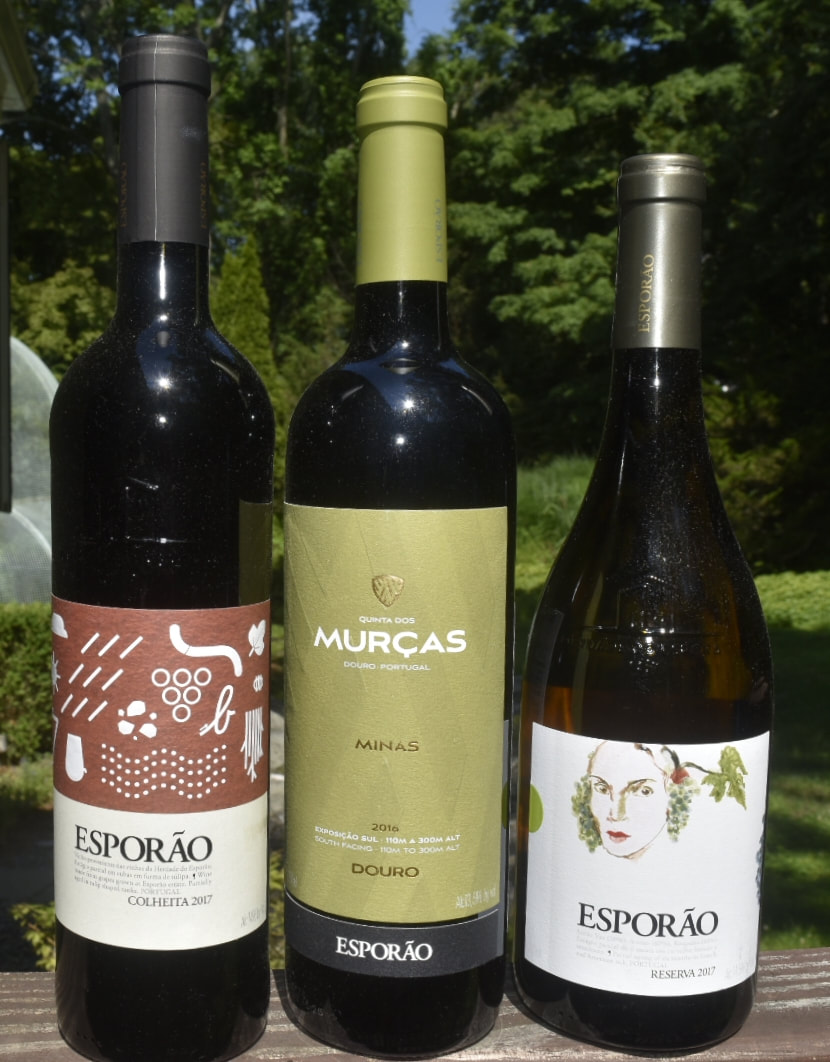
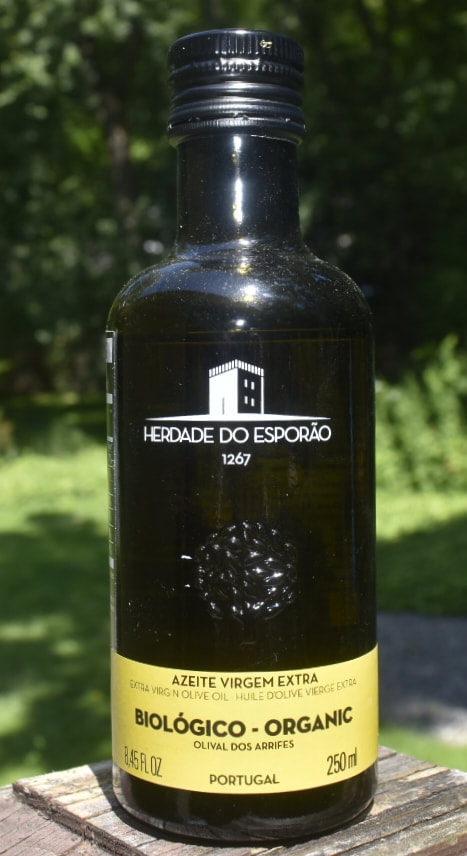
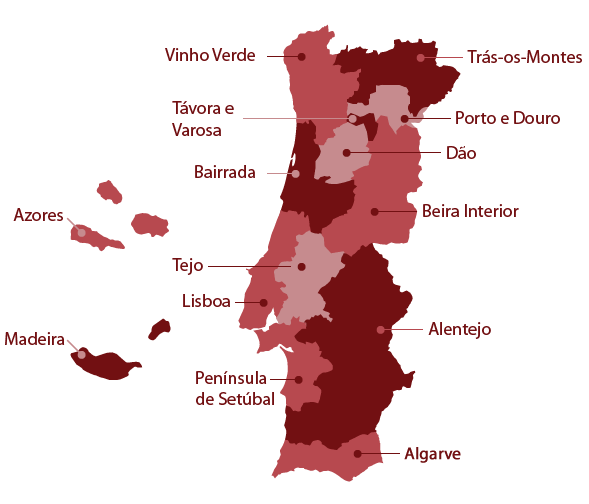
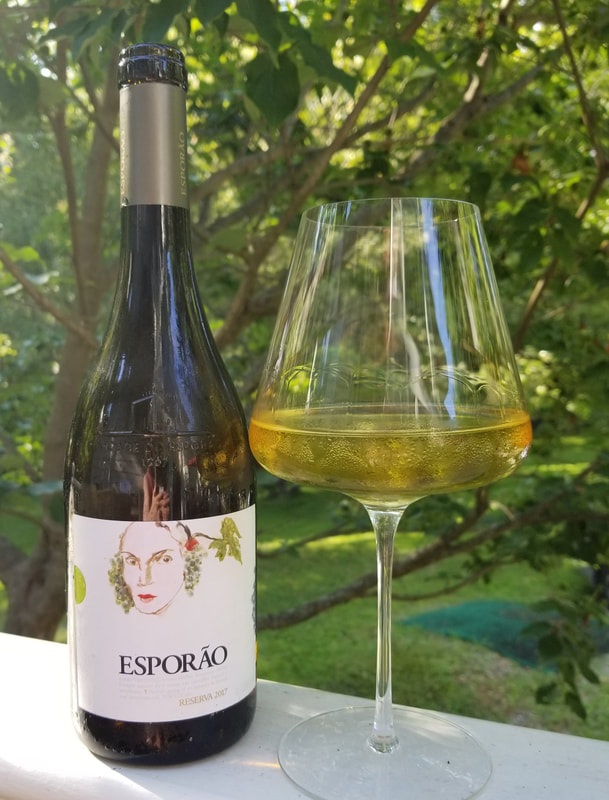
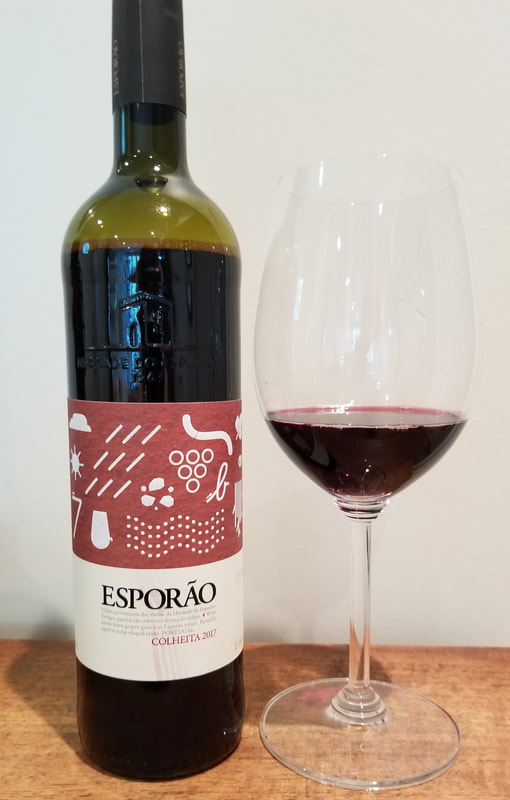
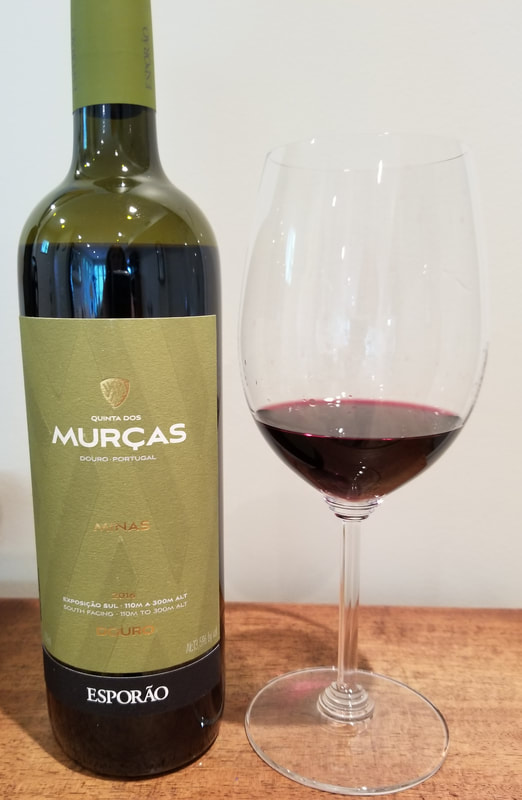
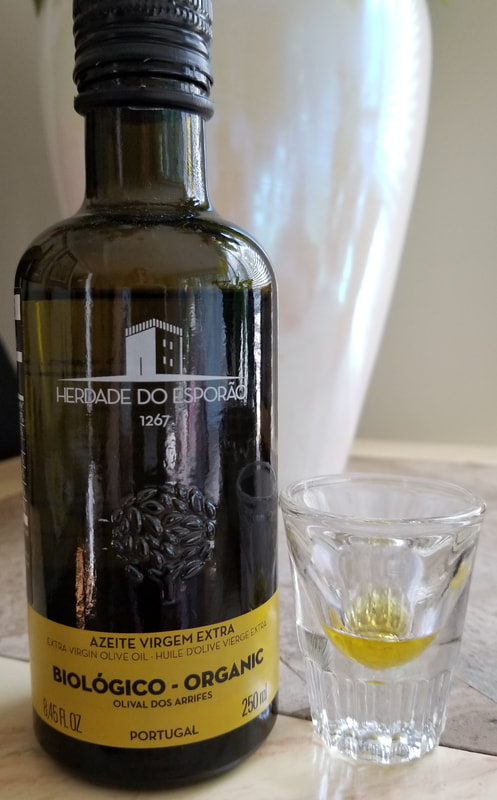
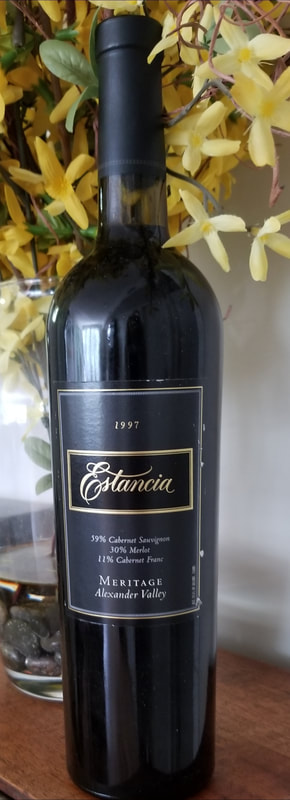
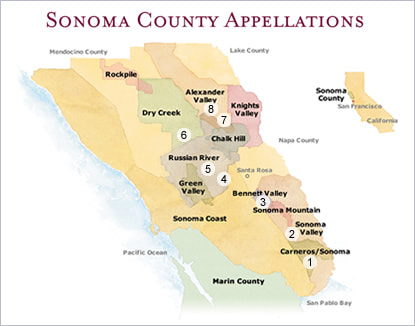
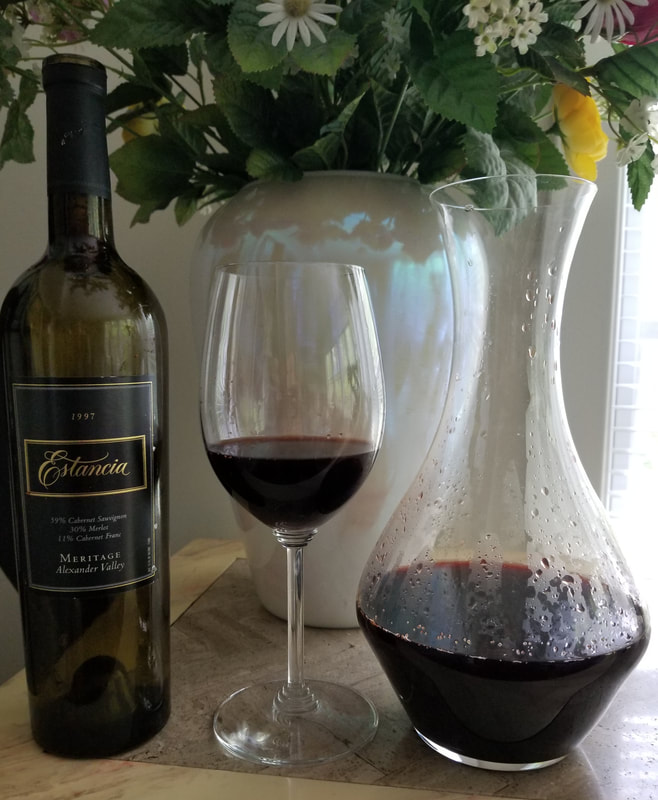
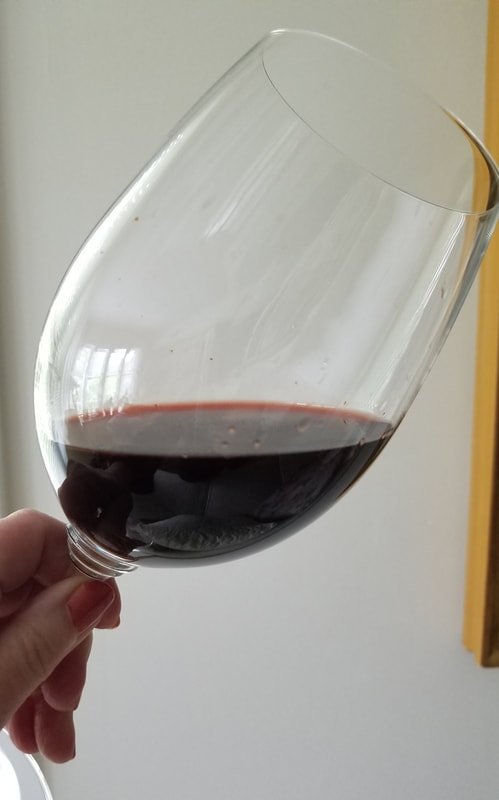
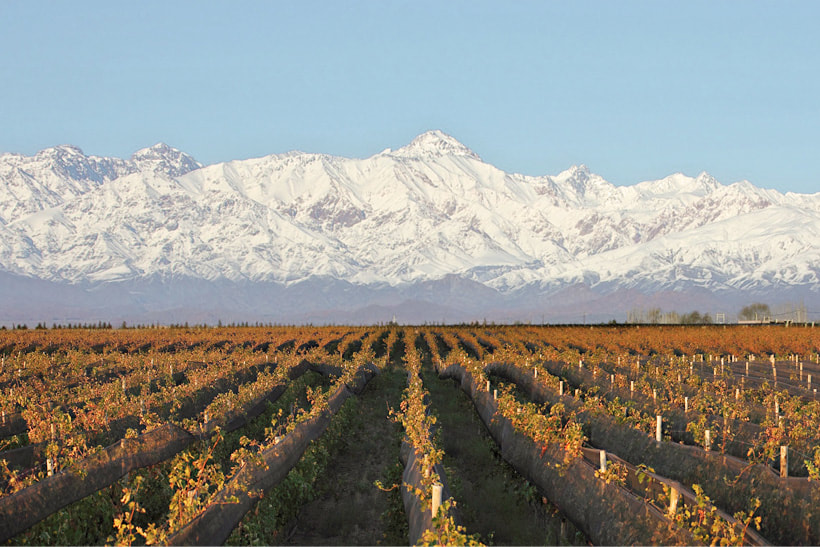
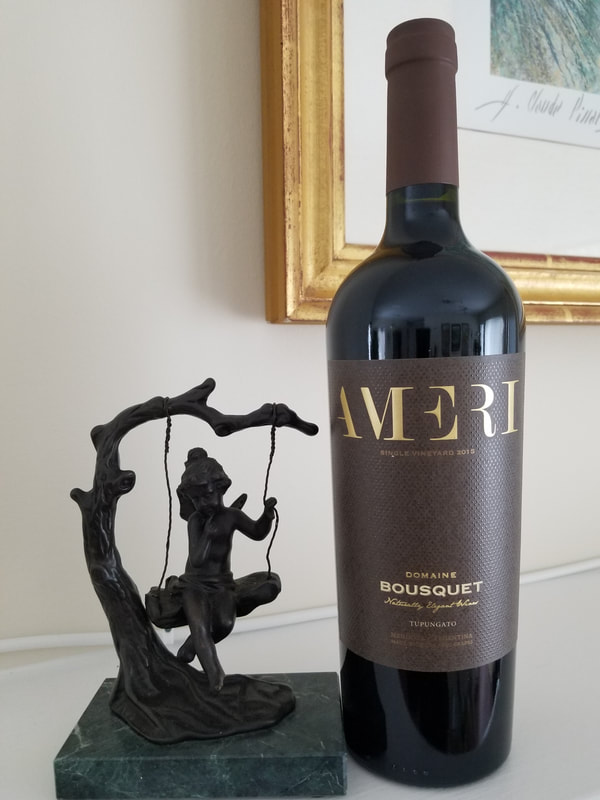
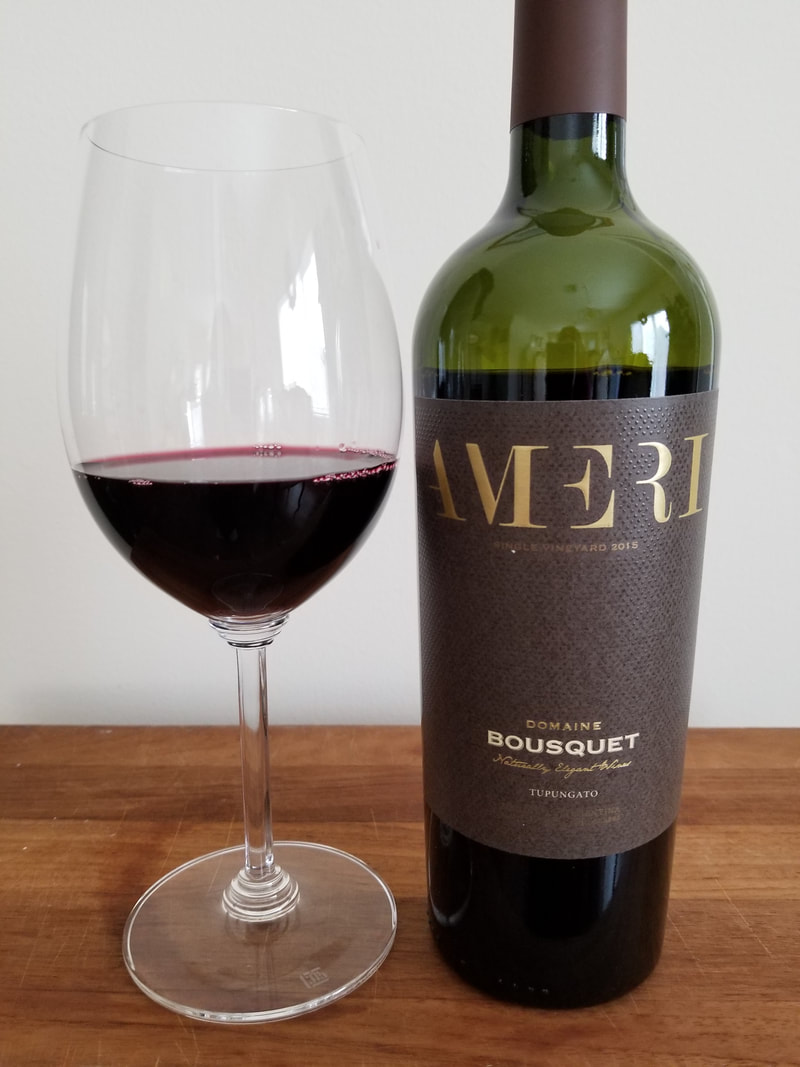
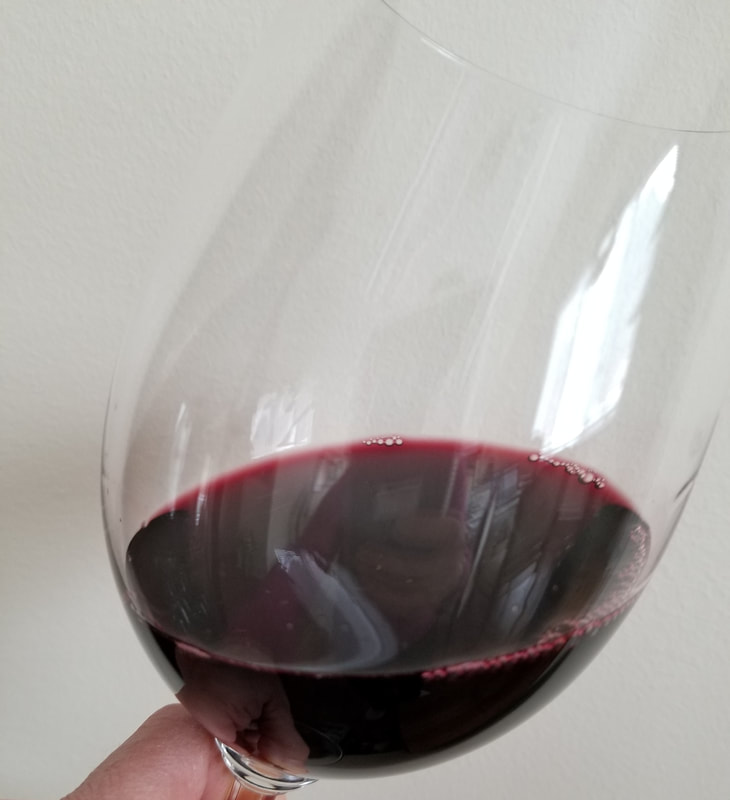
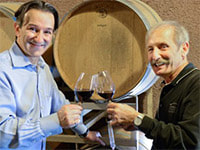
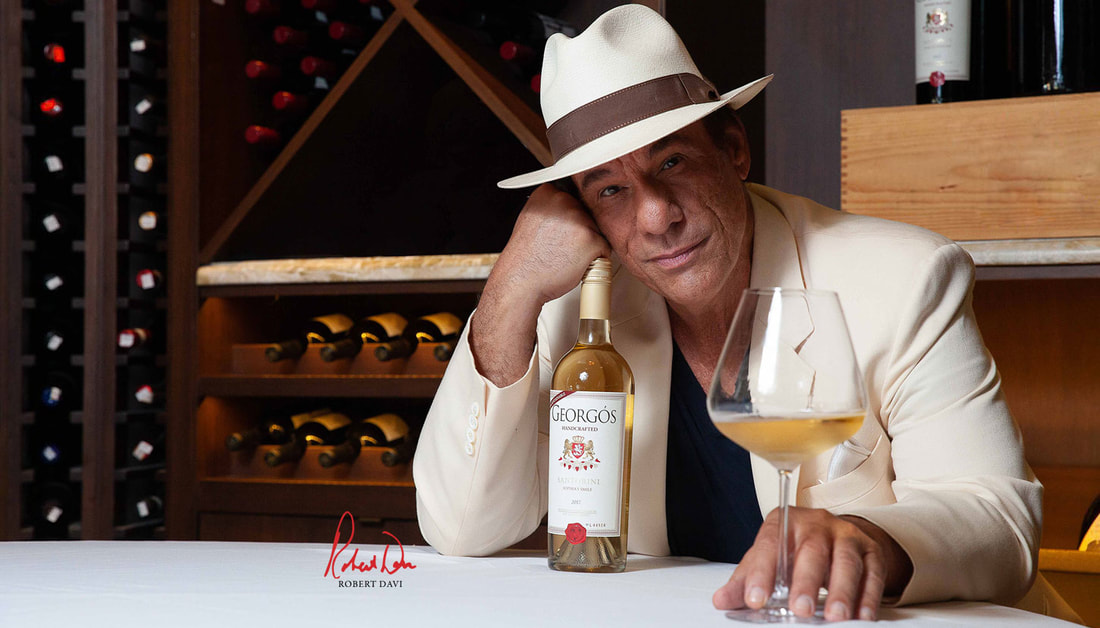
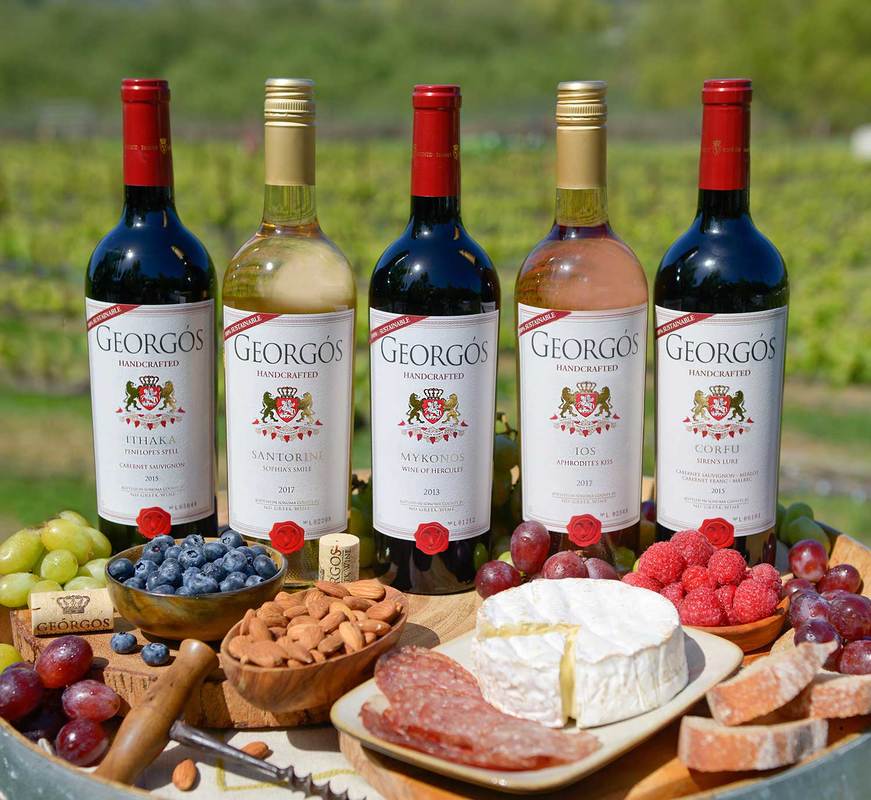
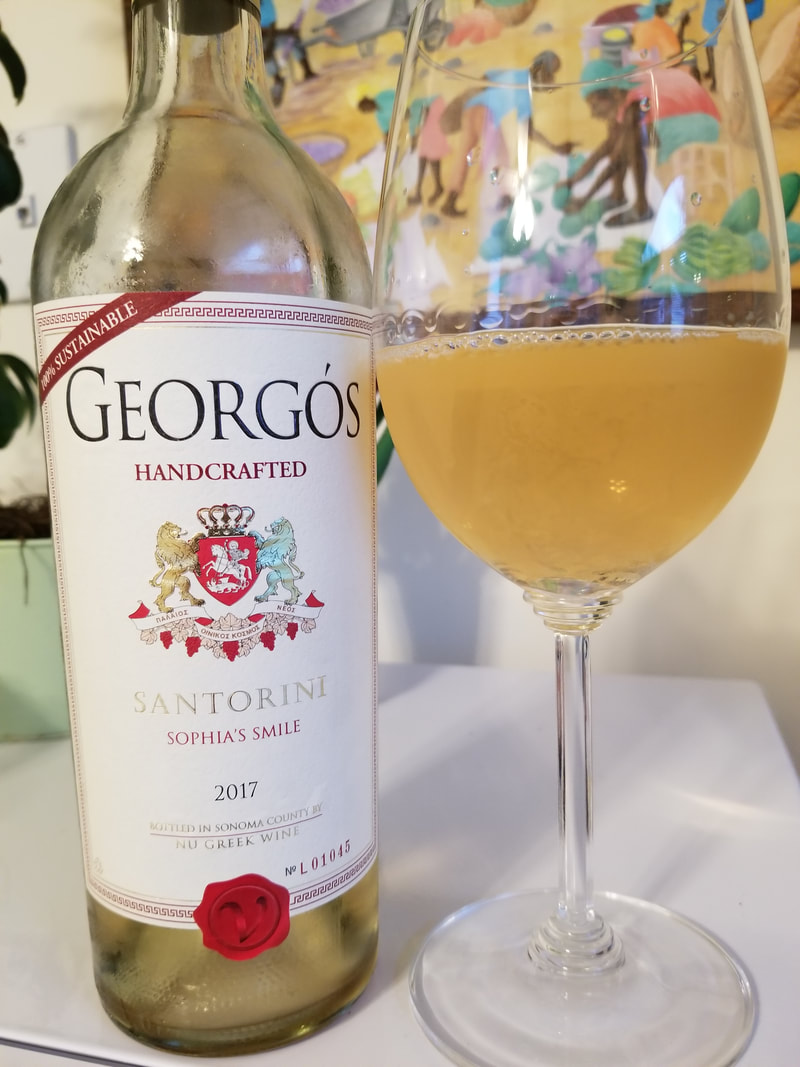
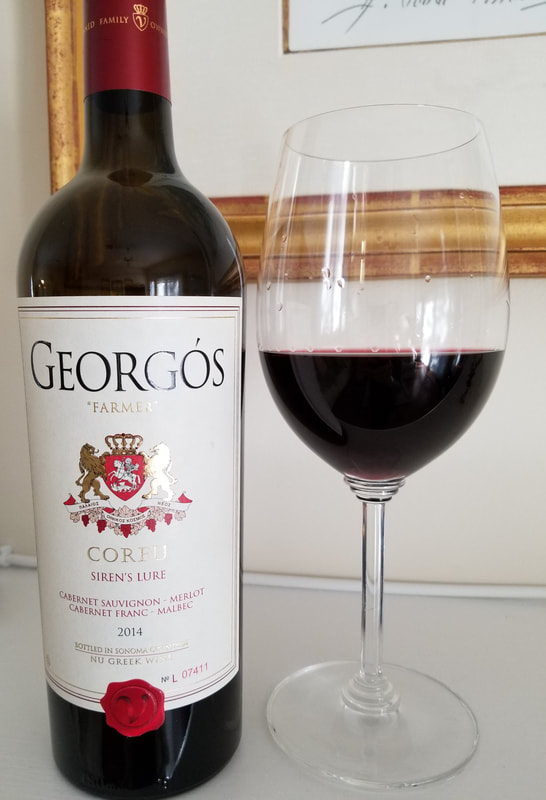

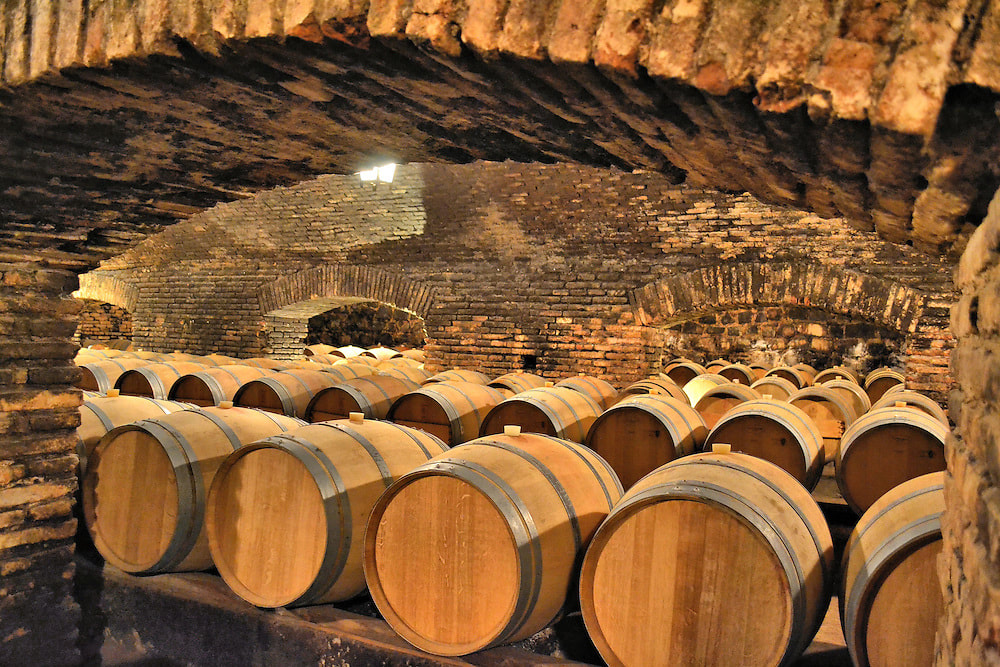
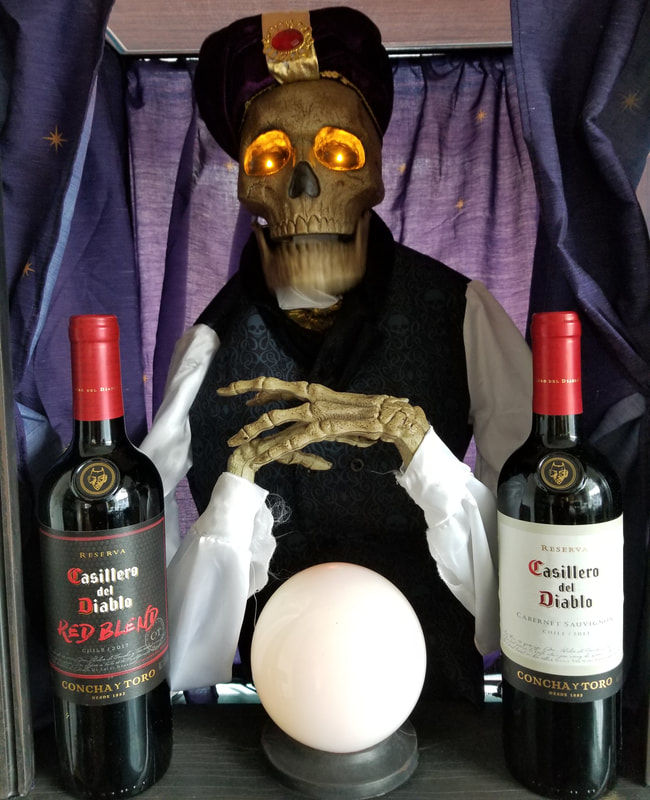
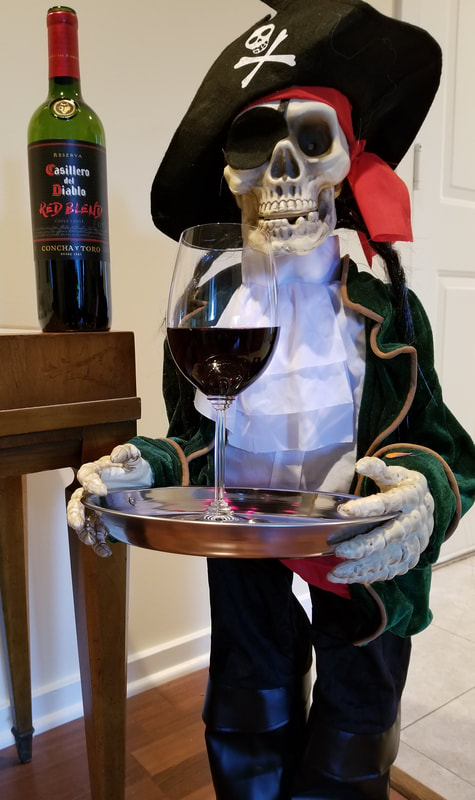
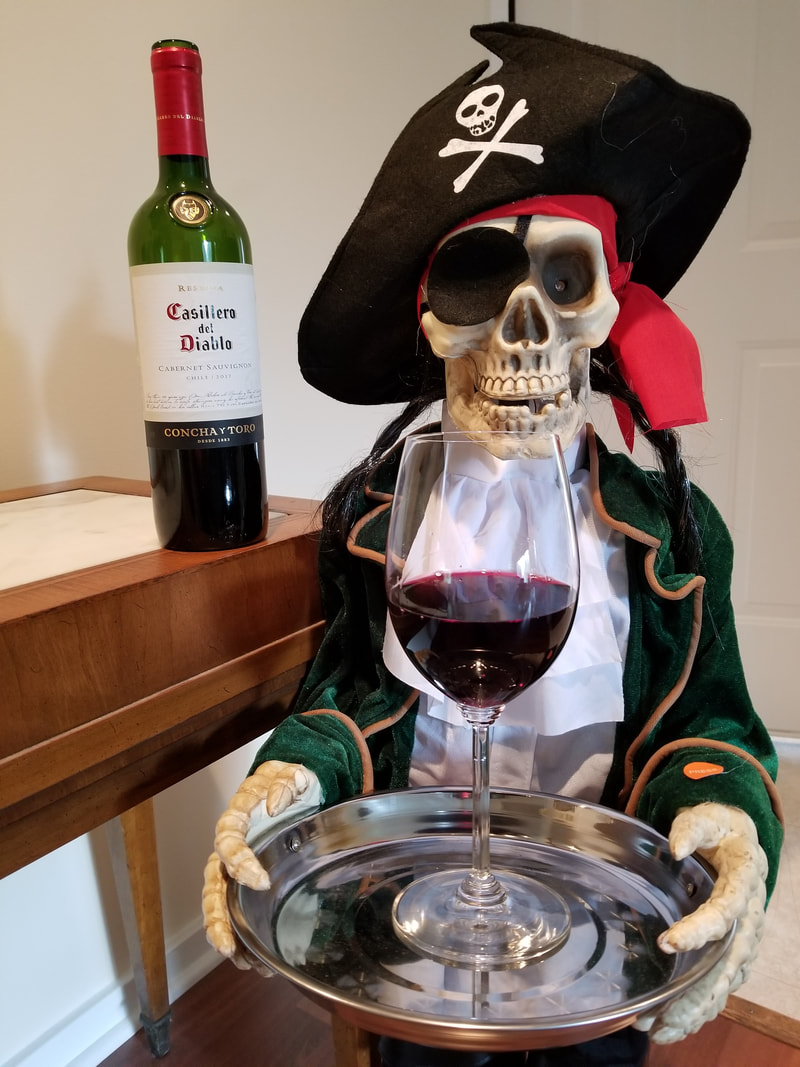
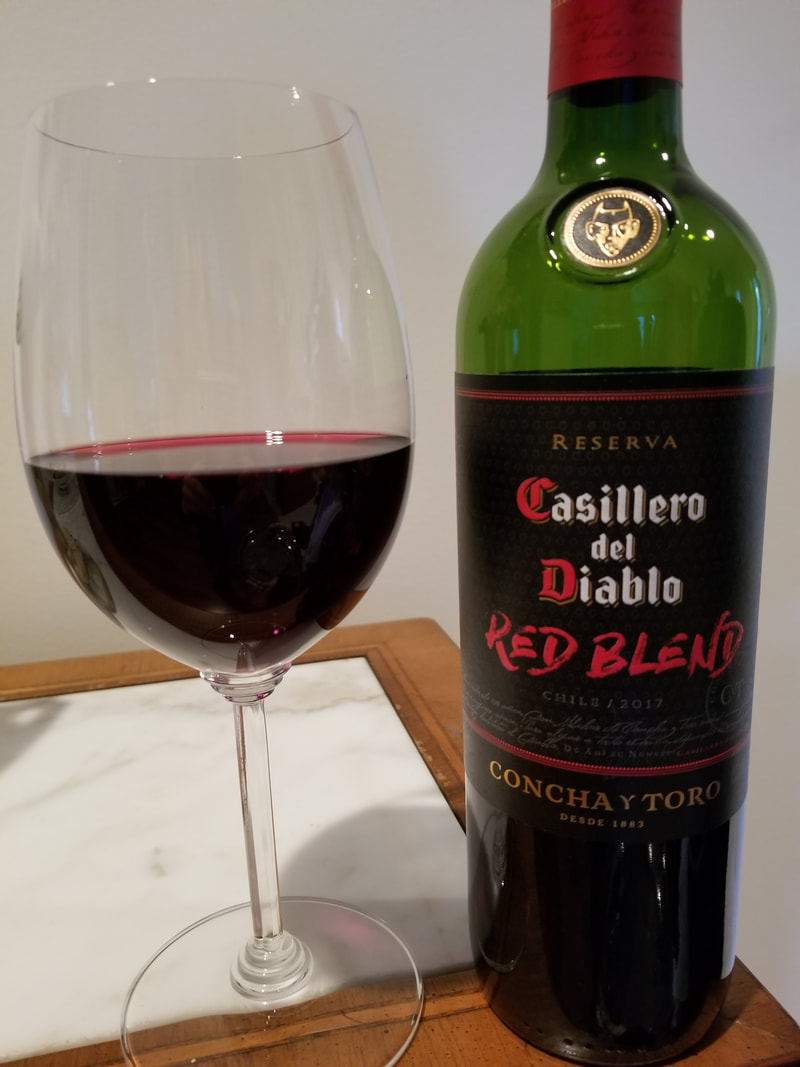
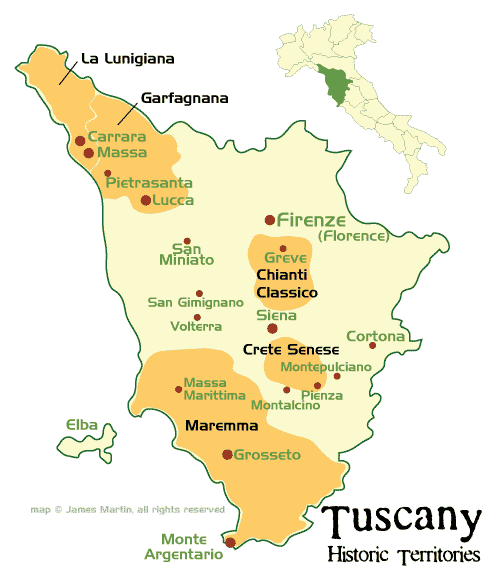
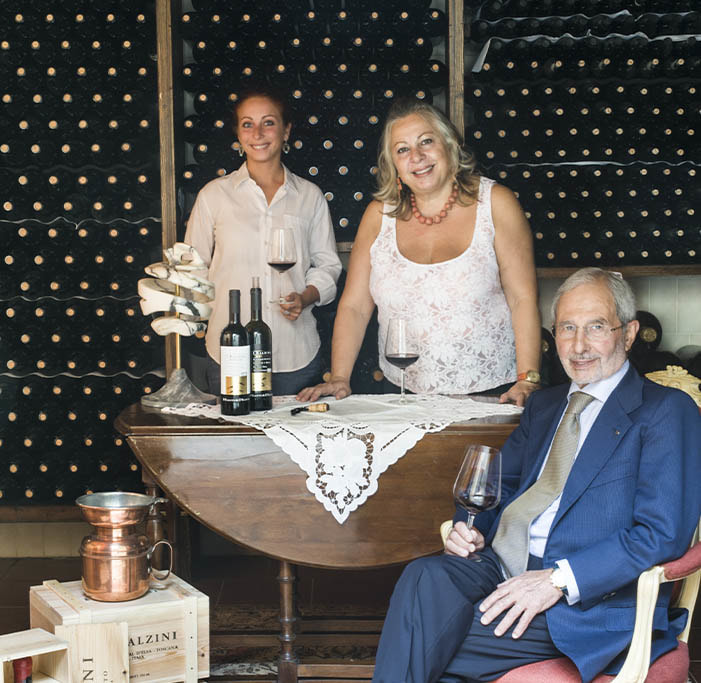
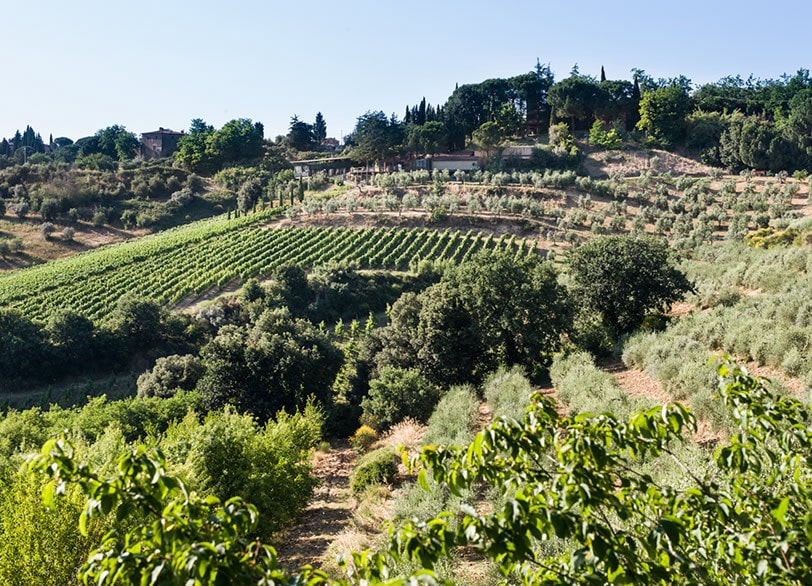
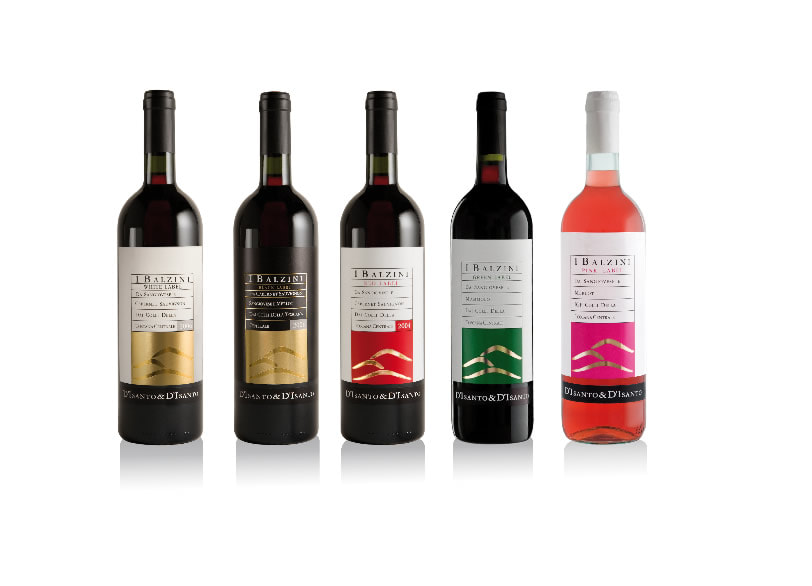
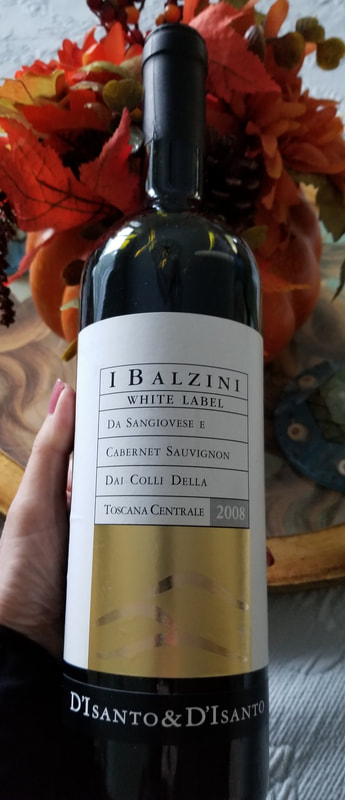
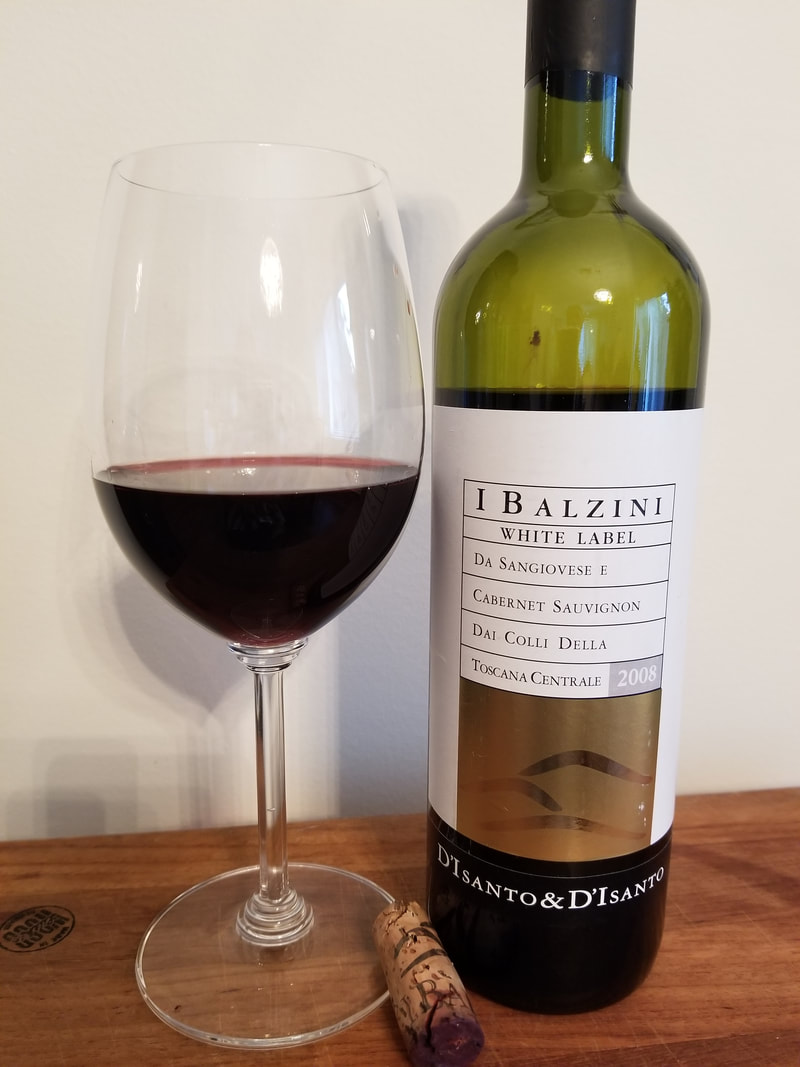
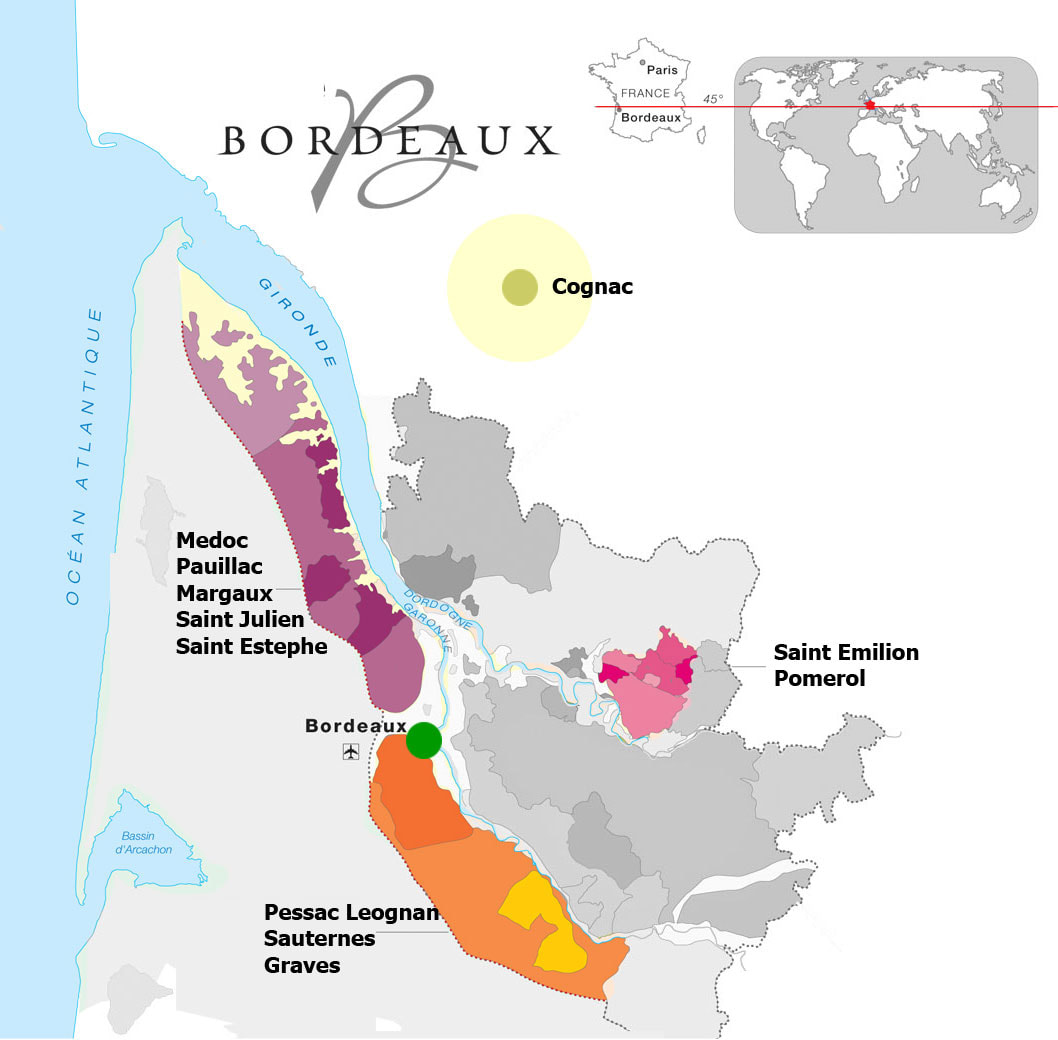
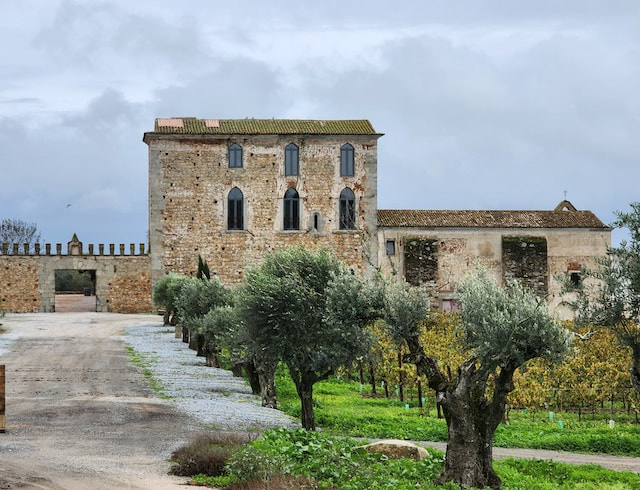
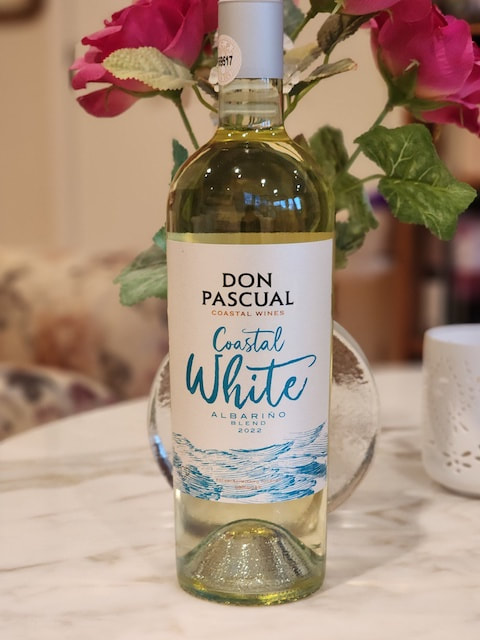
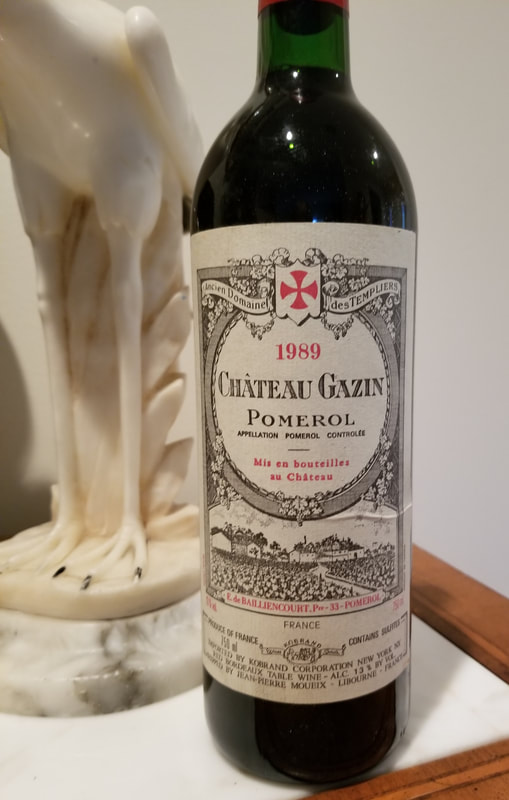
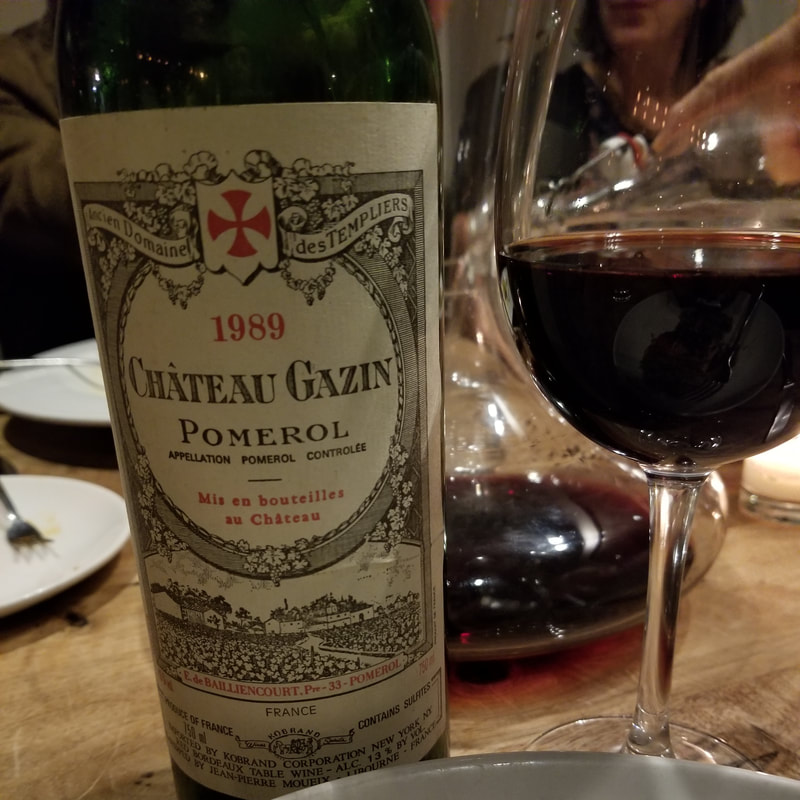
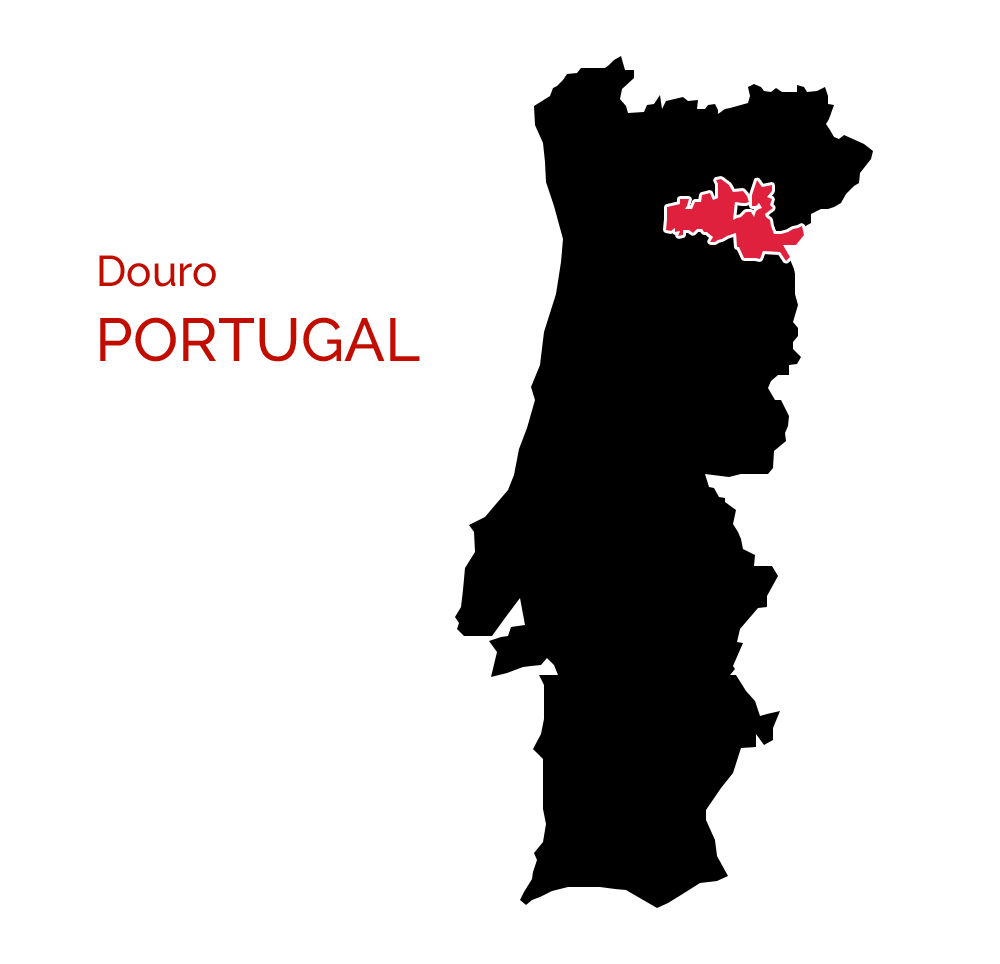

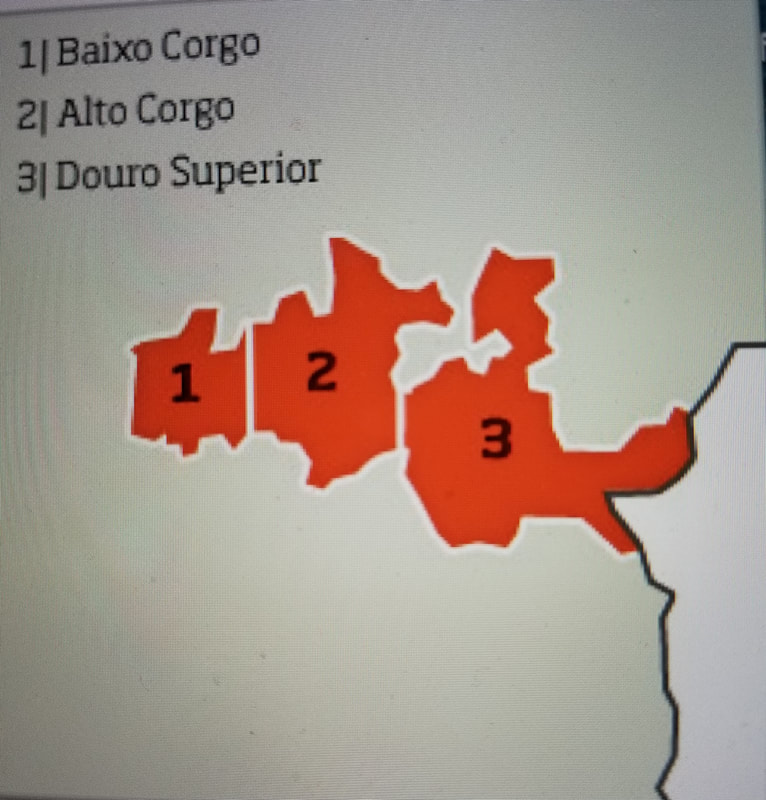
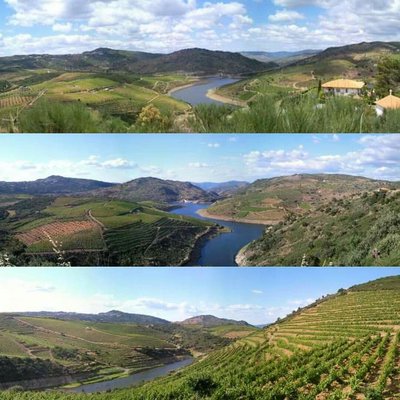
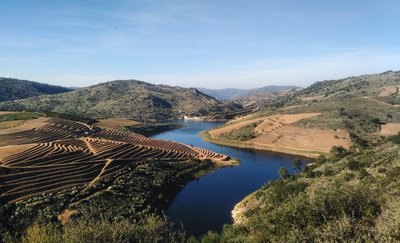
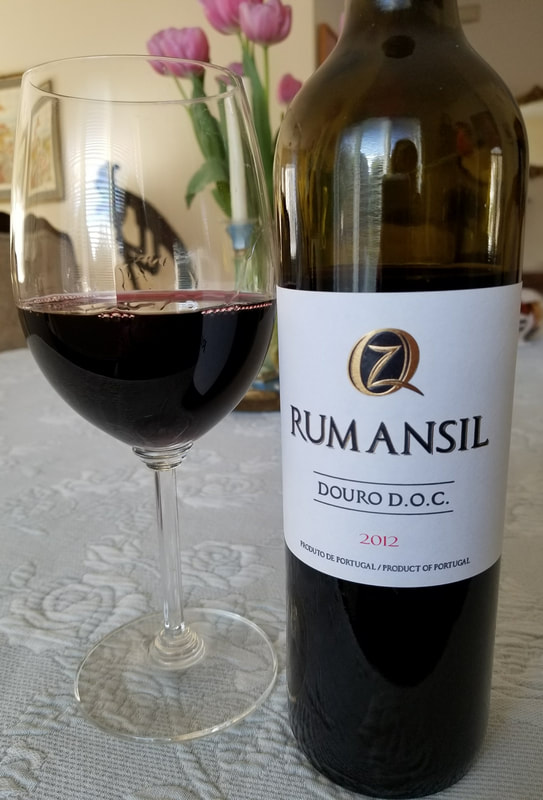
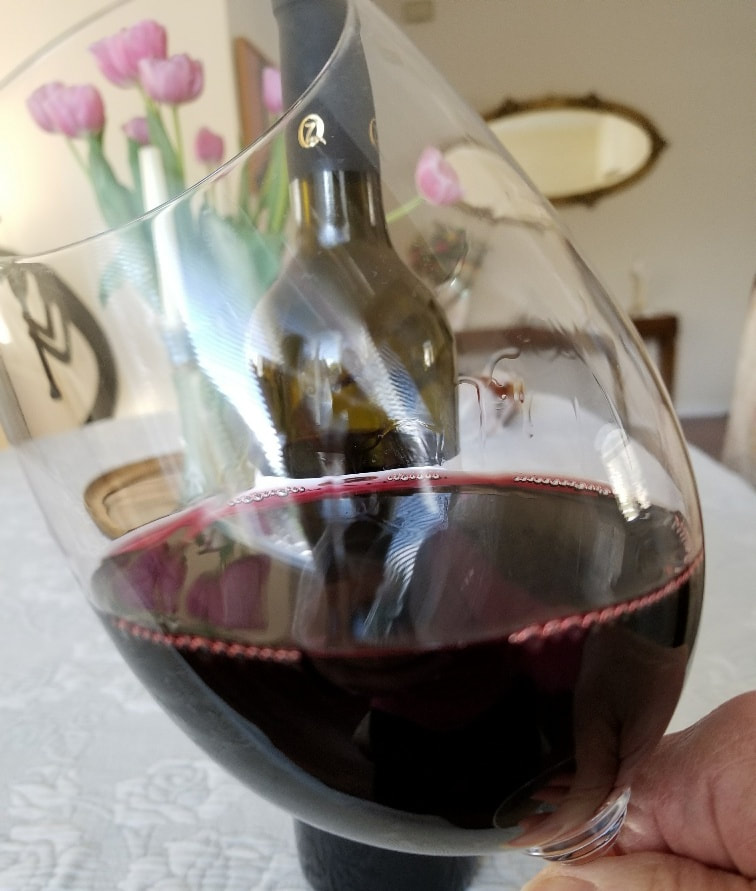
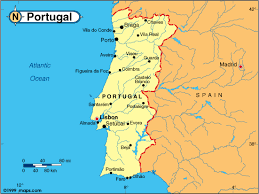
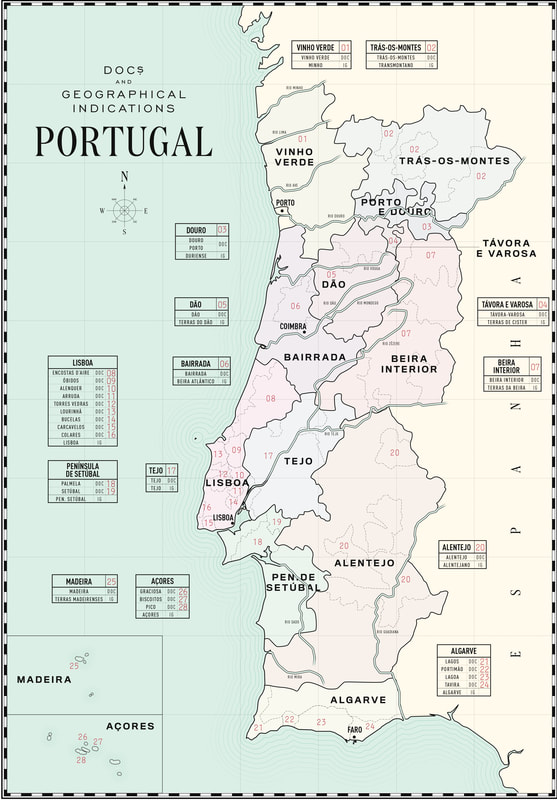
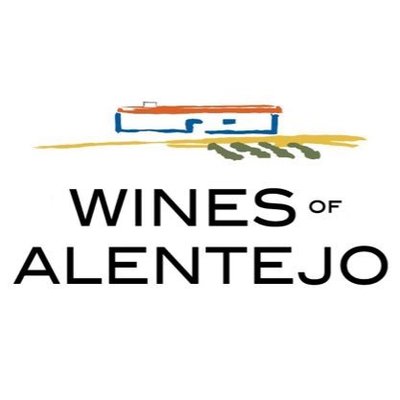
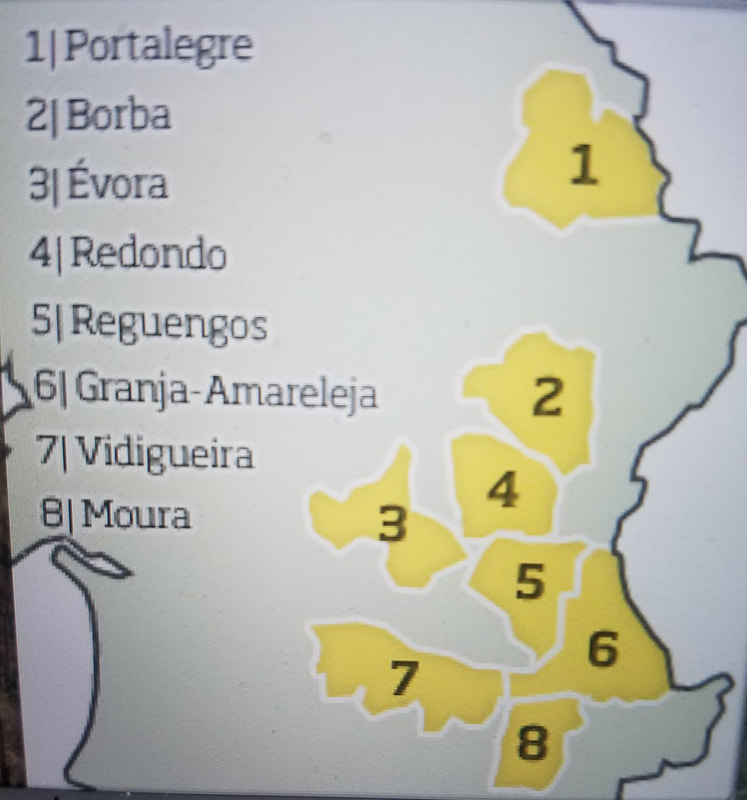
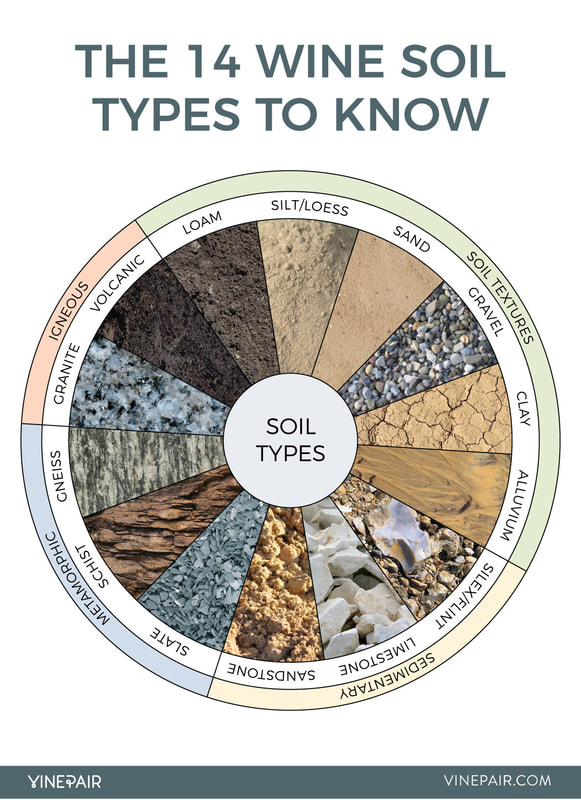
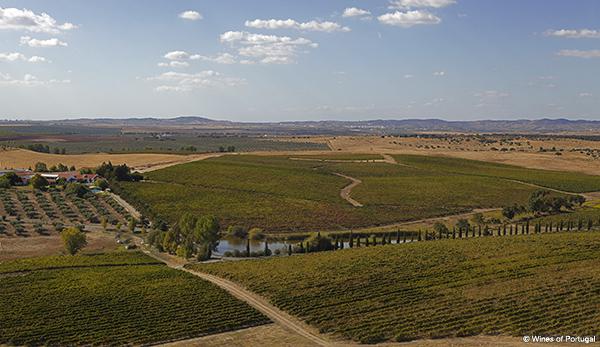
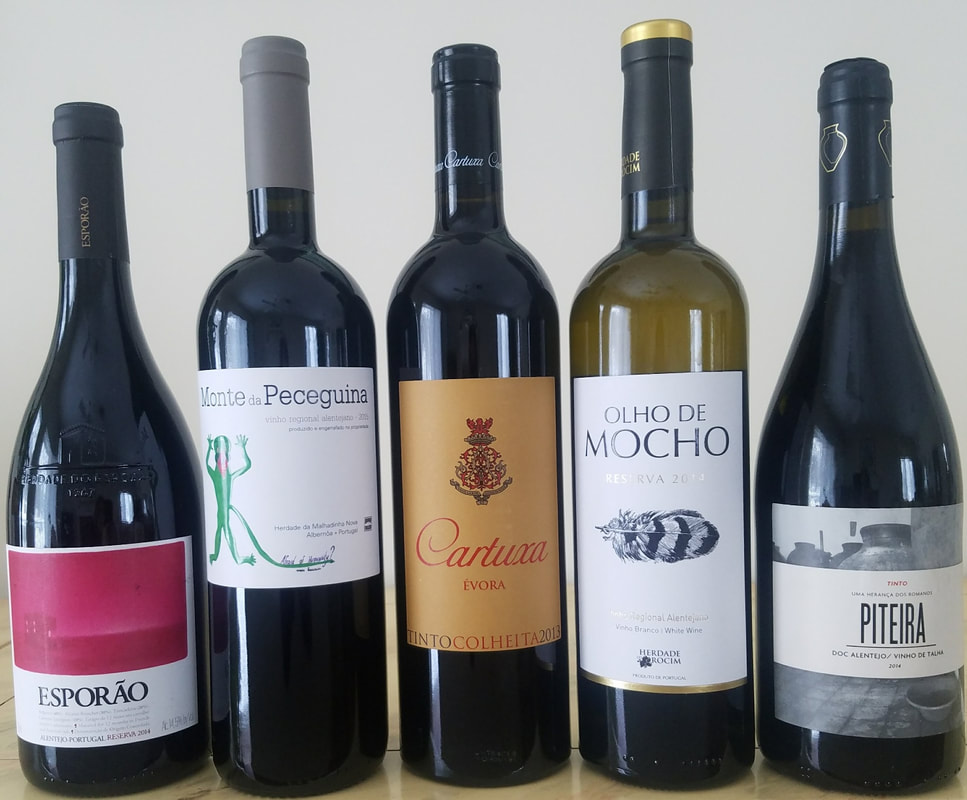
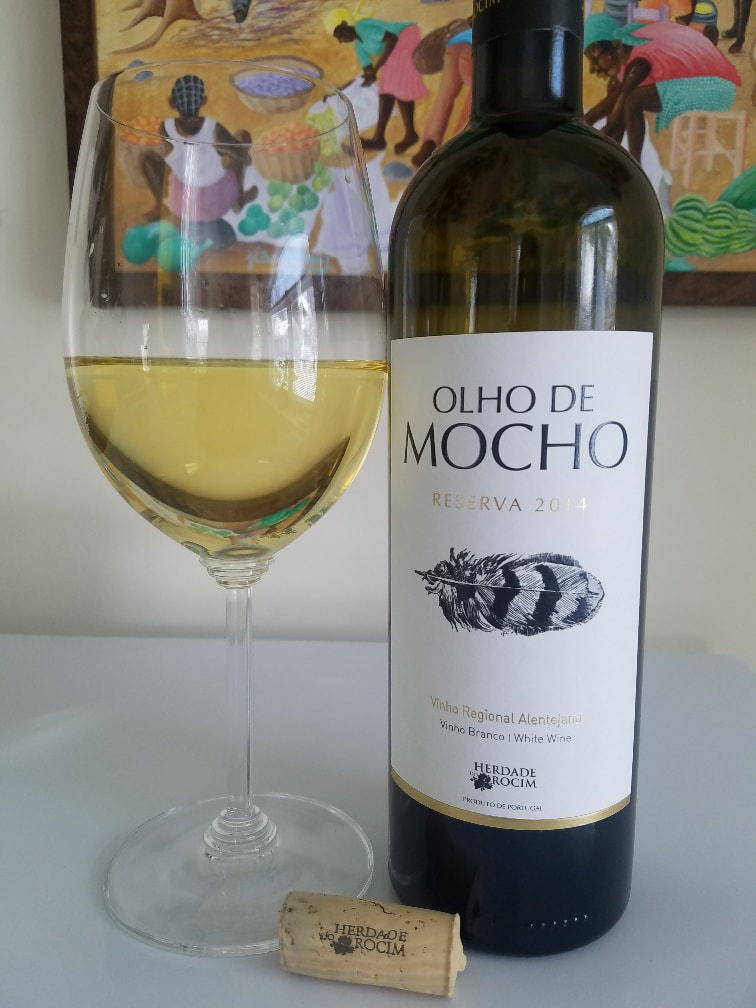
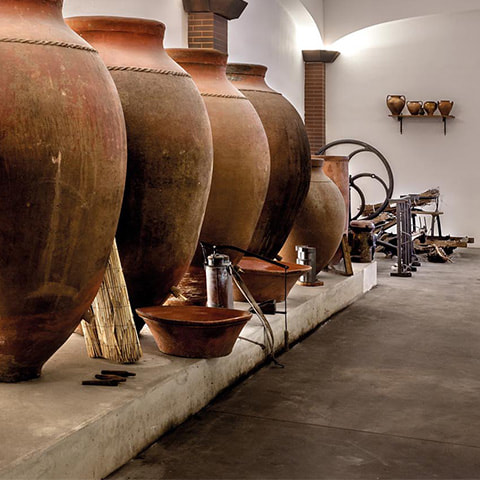
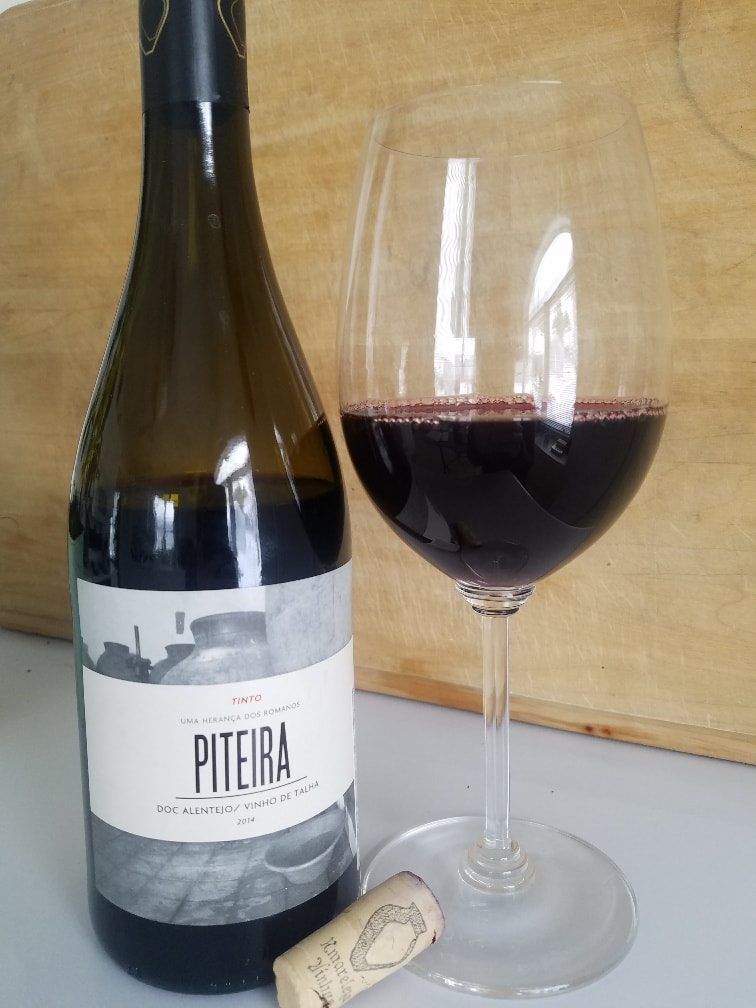
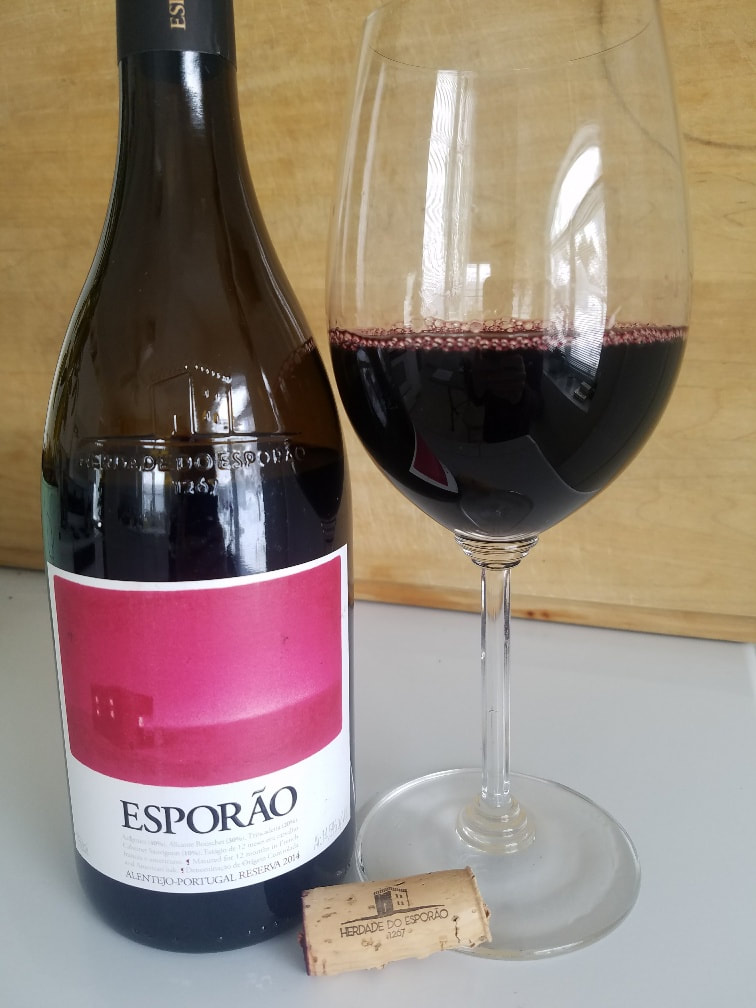
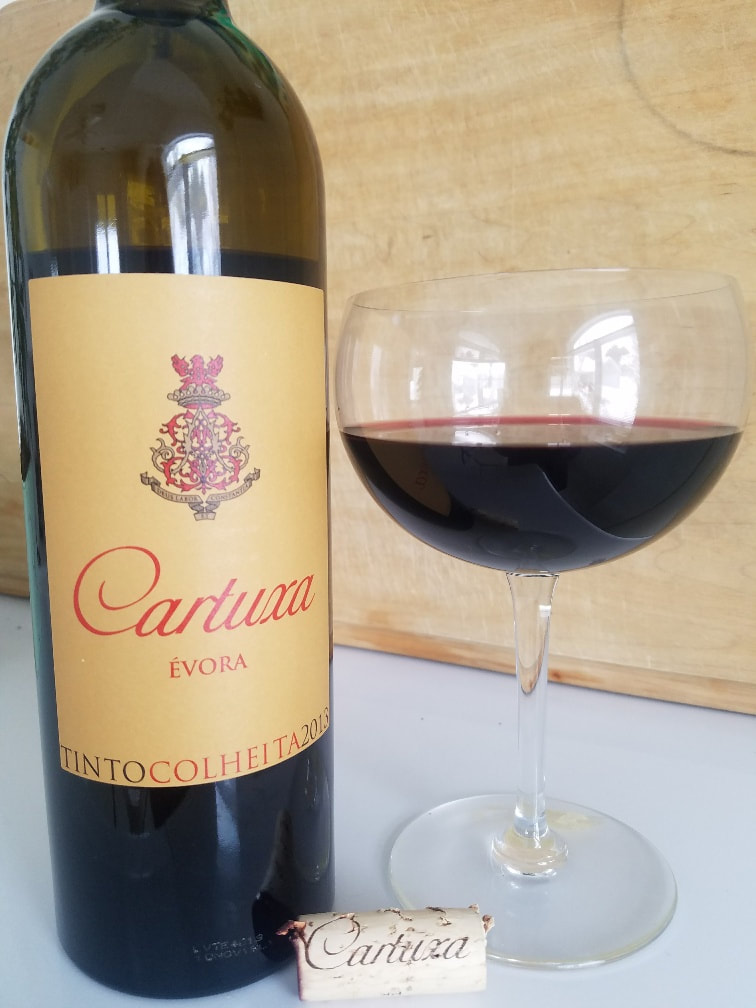
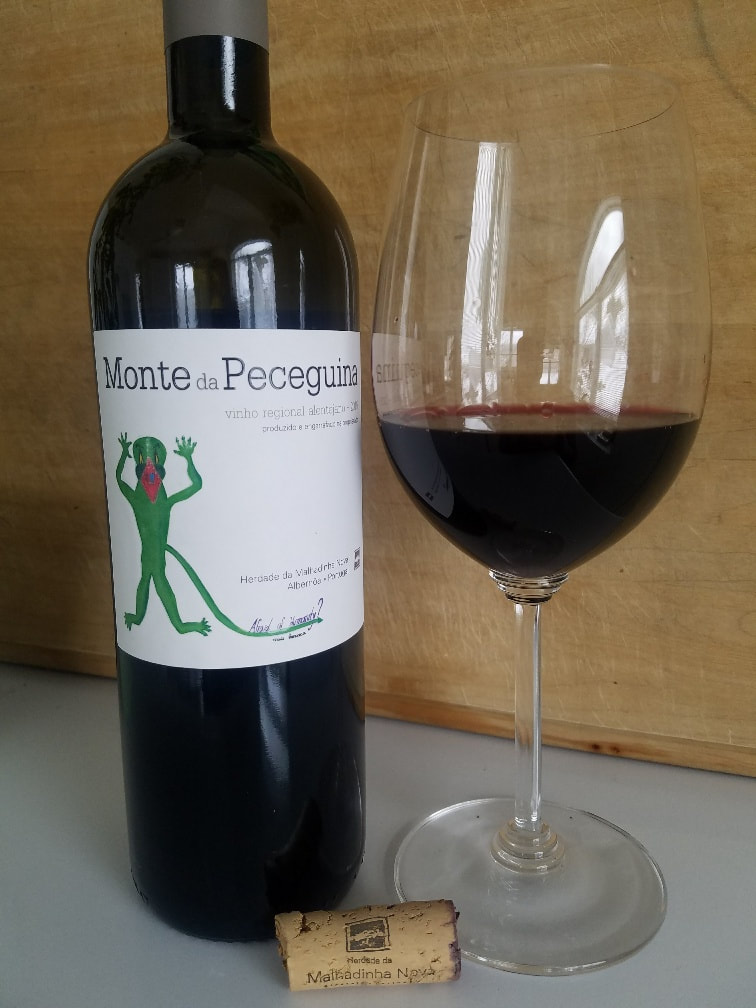
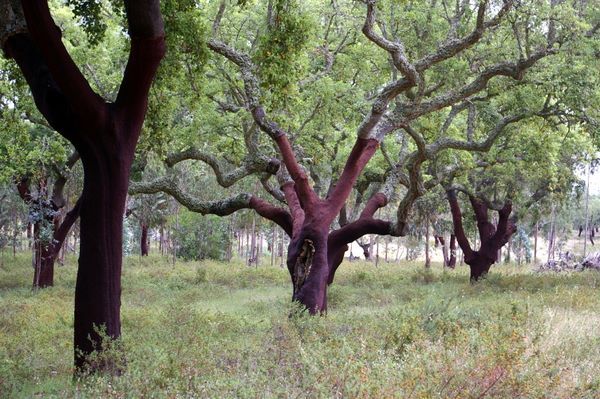
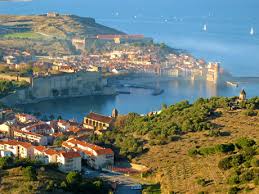
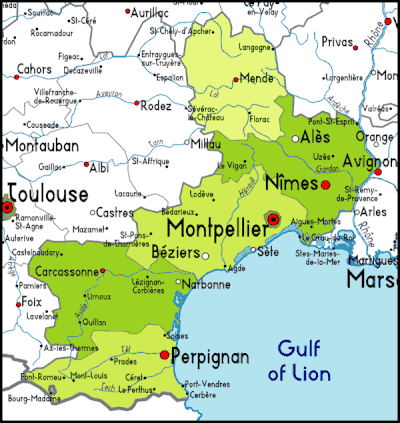
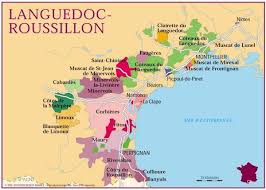
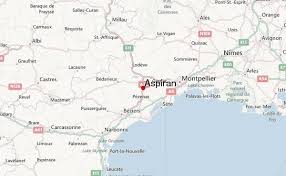
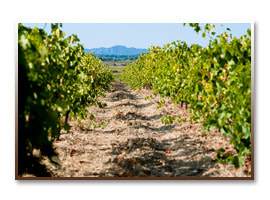
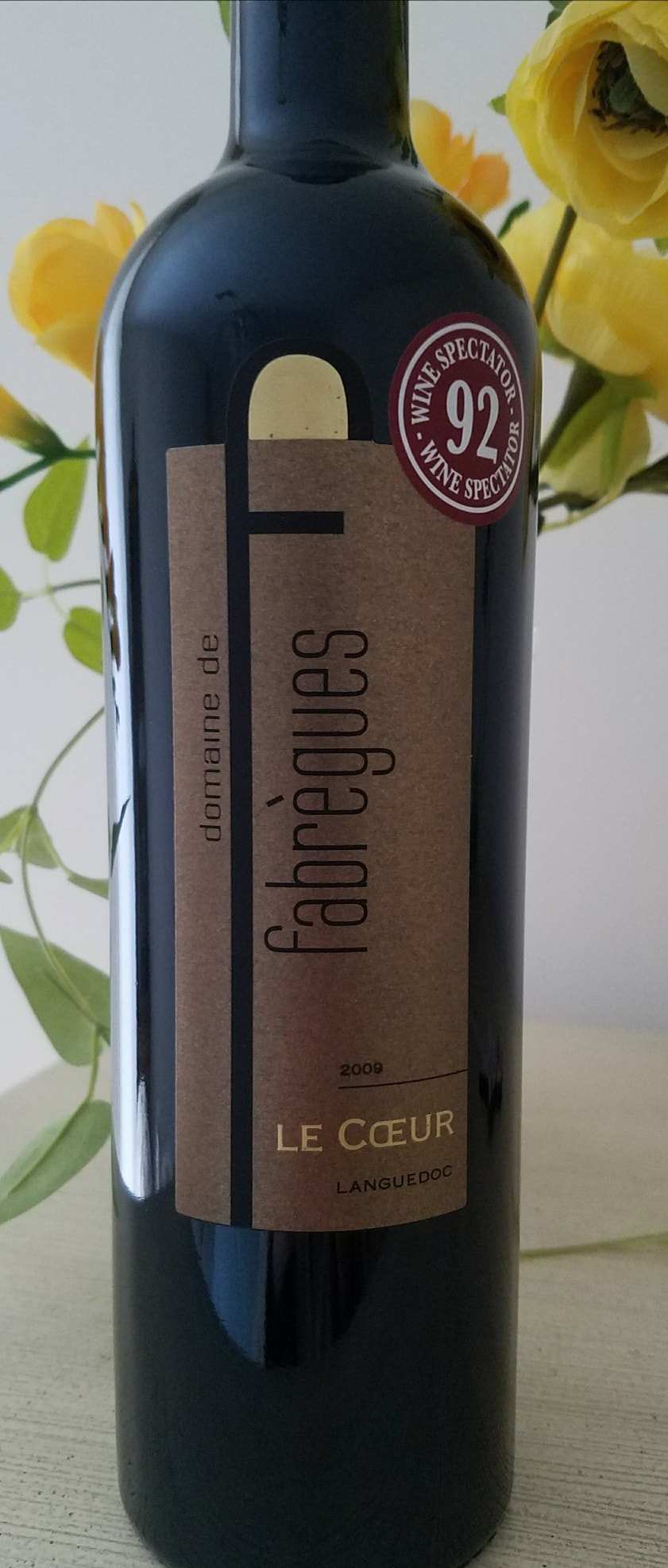
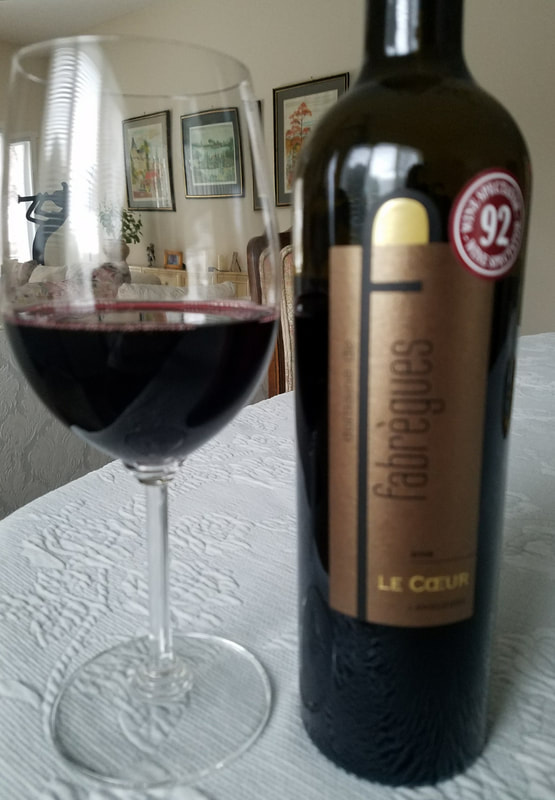

 RSS Feed
RSS Feed